
Beijing I | Untitled: photo by Jonathan Kos-Read, 19 July 2014

Beijing I | Untitled: photo by Jonathan Kos-Read, 19 July 2014

Beijing I | Untitled: photo by Jonathan Kos-Read, 19 July 2014
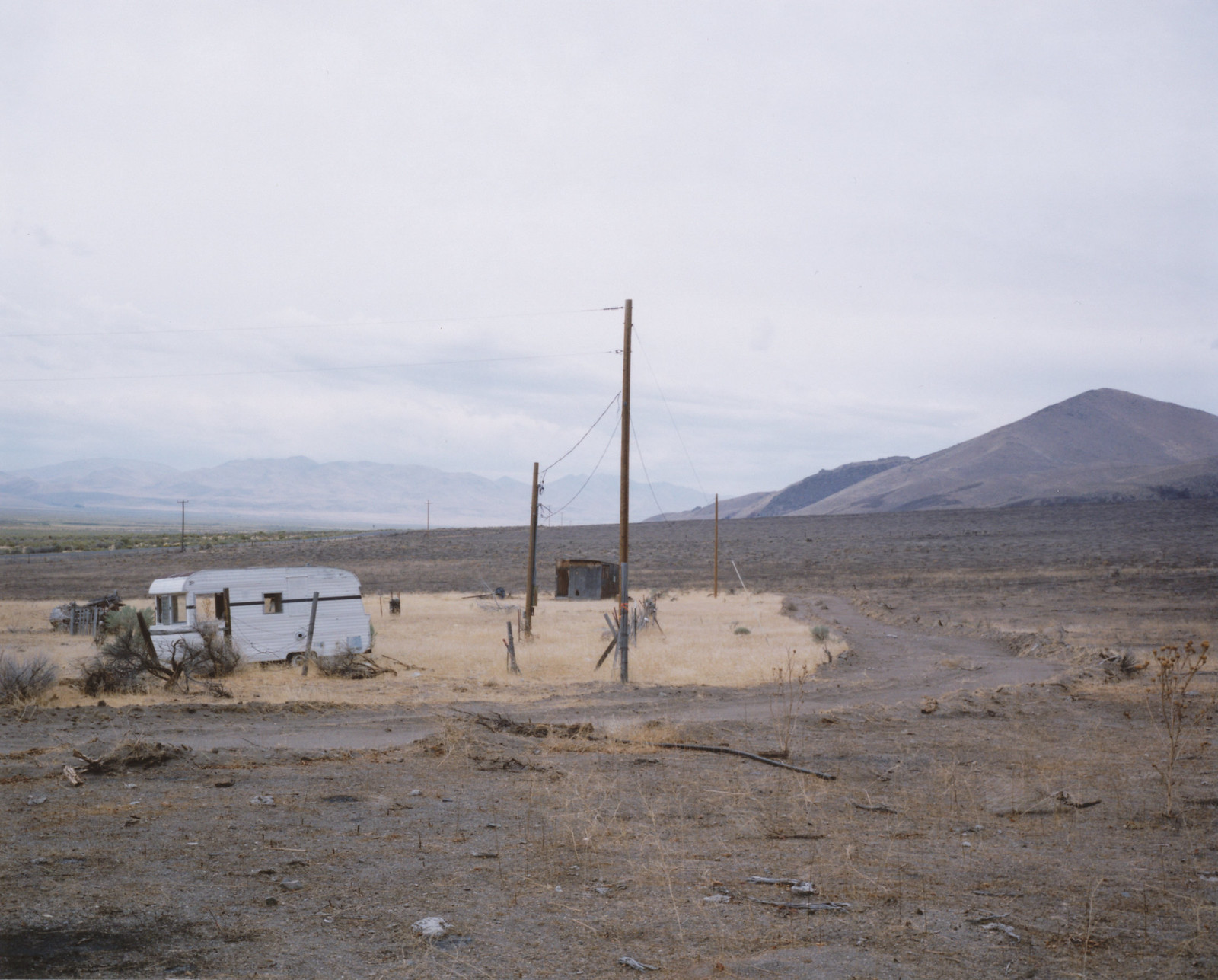
Untitled: photo by Missy Prince, 5 December 2017

Untitled: photo by Missy Prince, 5 December 2017

Untitled: photo by Missy Prince, 5 December 2017
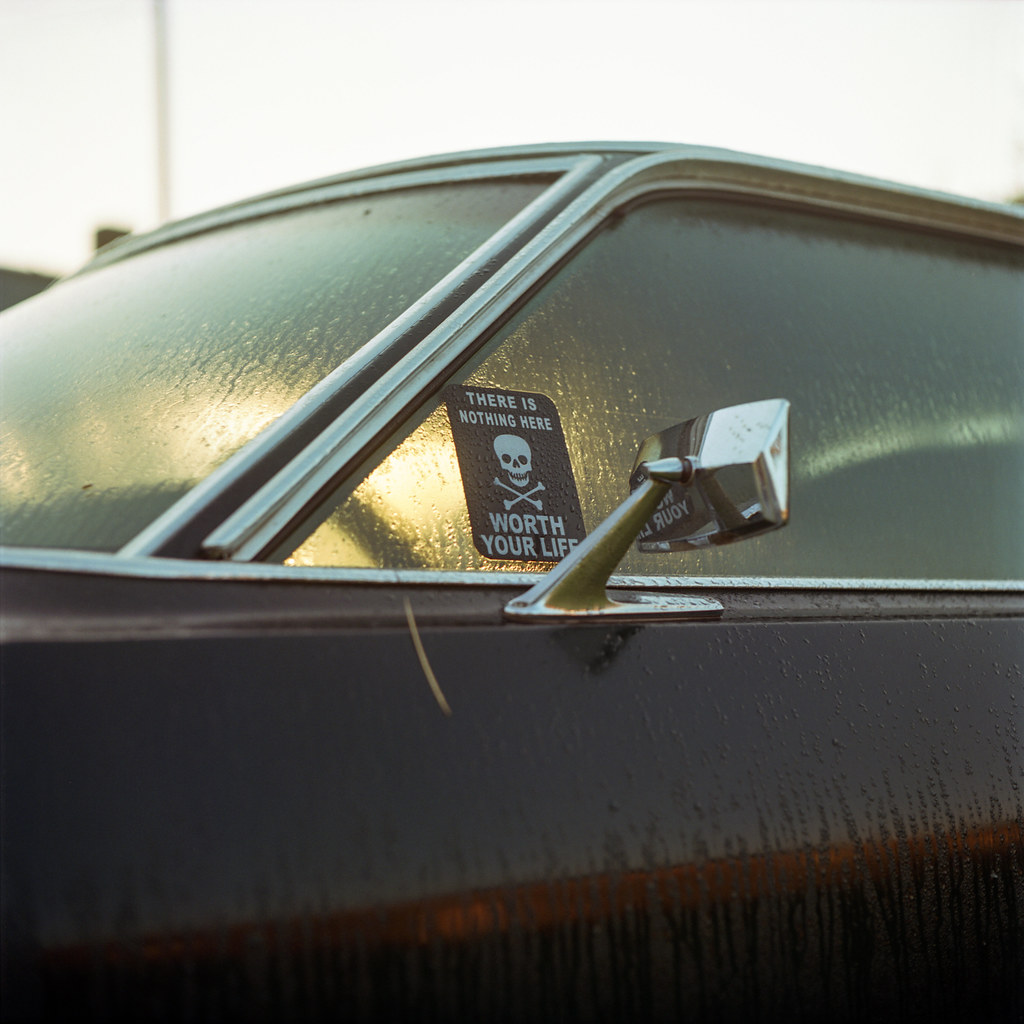
Untitled [Danville, Virginia]: photo by Patrick, August 2017
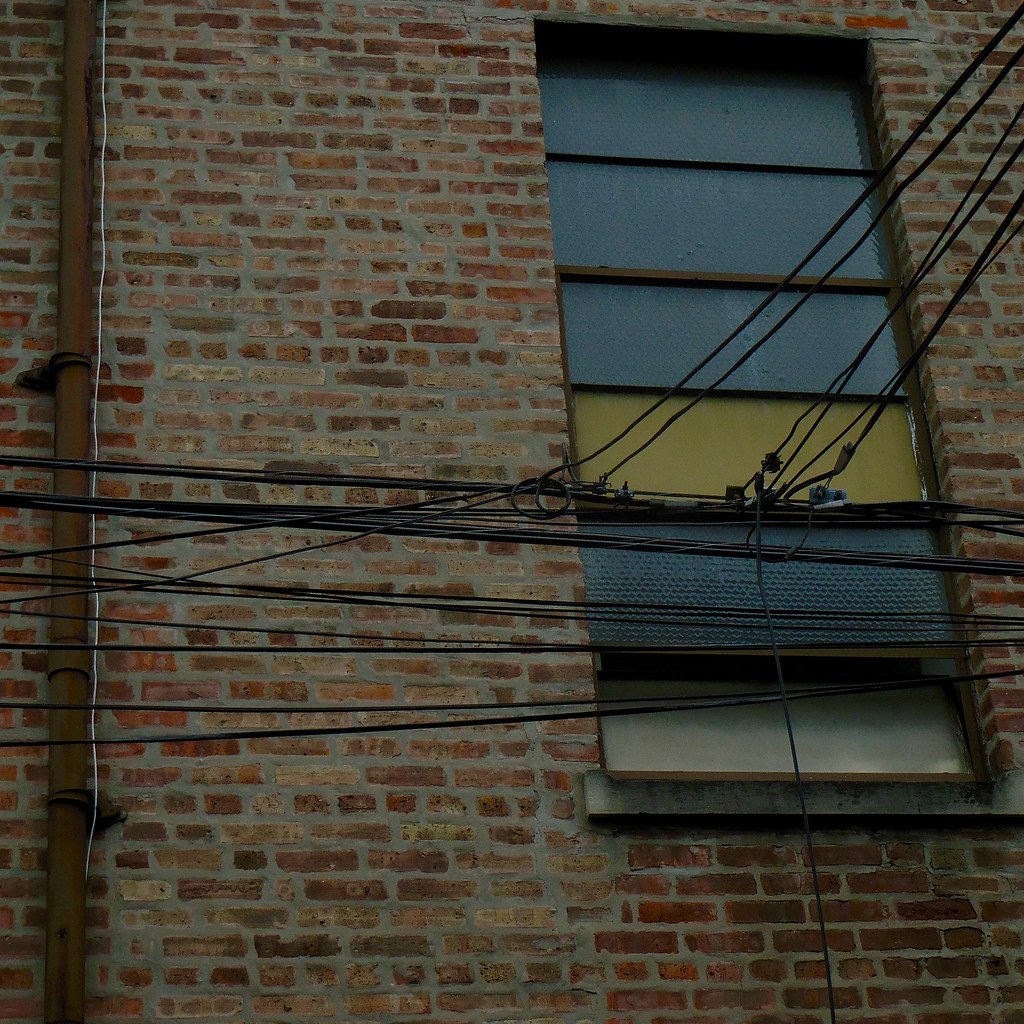
CI SOB (K) [Near West Side, Chicago]: photo by Annie maus, 28 November 2017
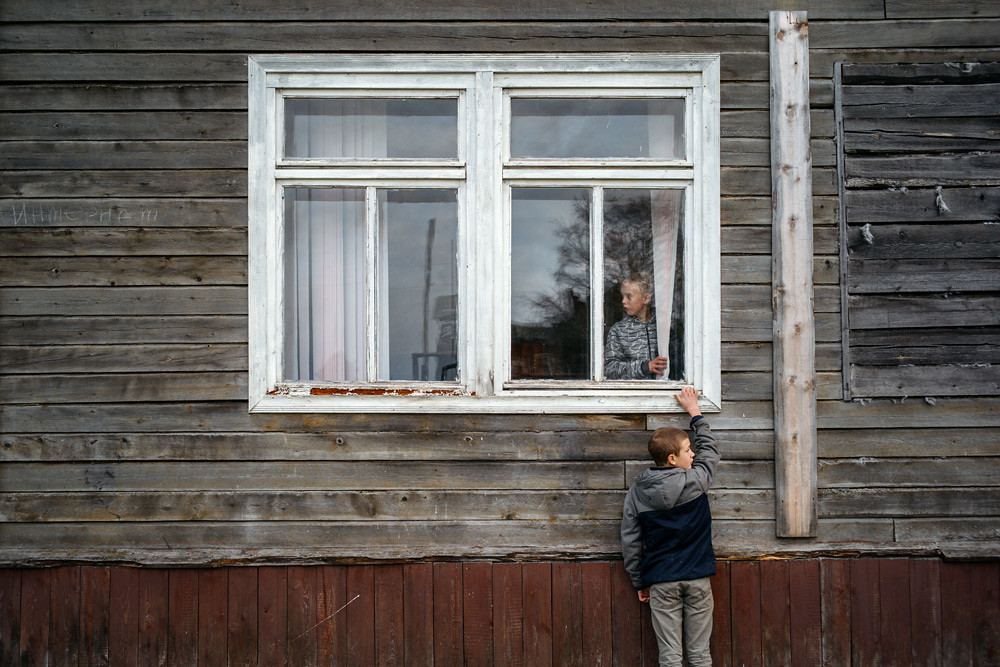
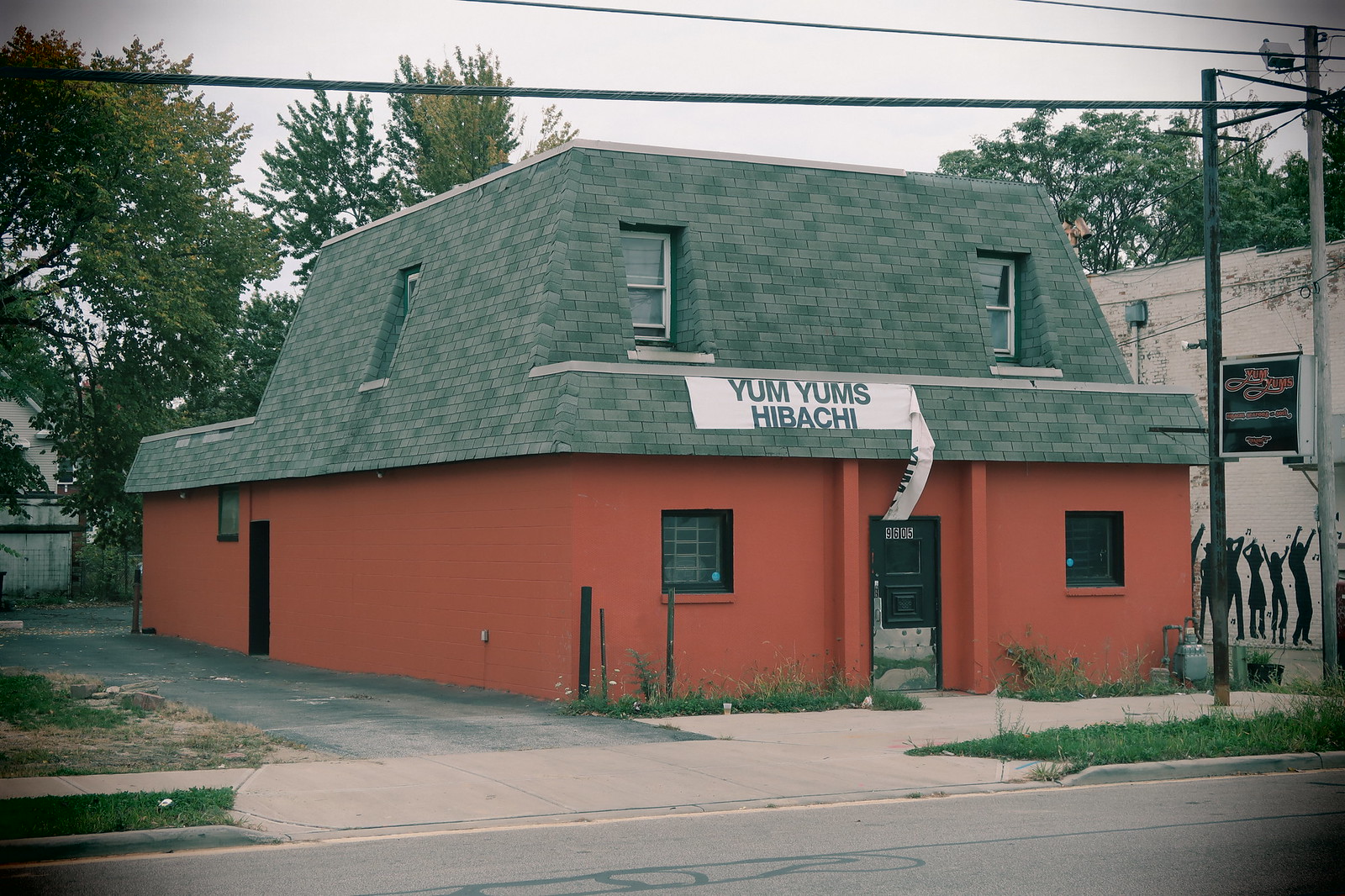
Eternally Repurposed [Cudell, westside Cleveland]: photo by David Grim, 23 October 2017

Eternally Repurposed [Cudell, westside Cleveland]: photo by David Grim, 23 October 2017

Eternally Repurposed [Cudell, westside Cleveland]: photo by David Grim, 23 October 2017
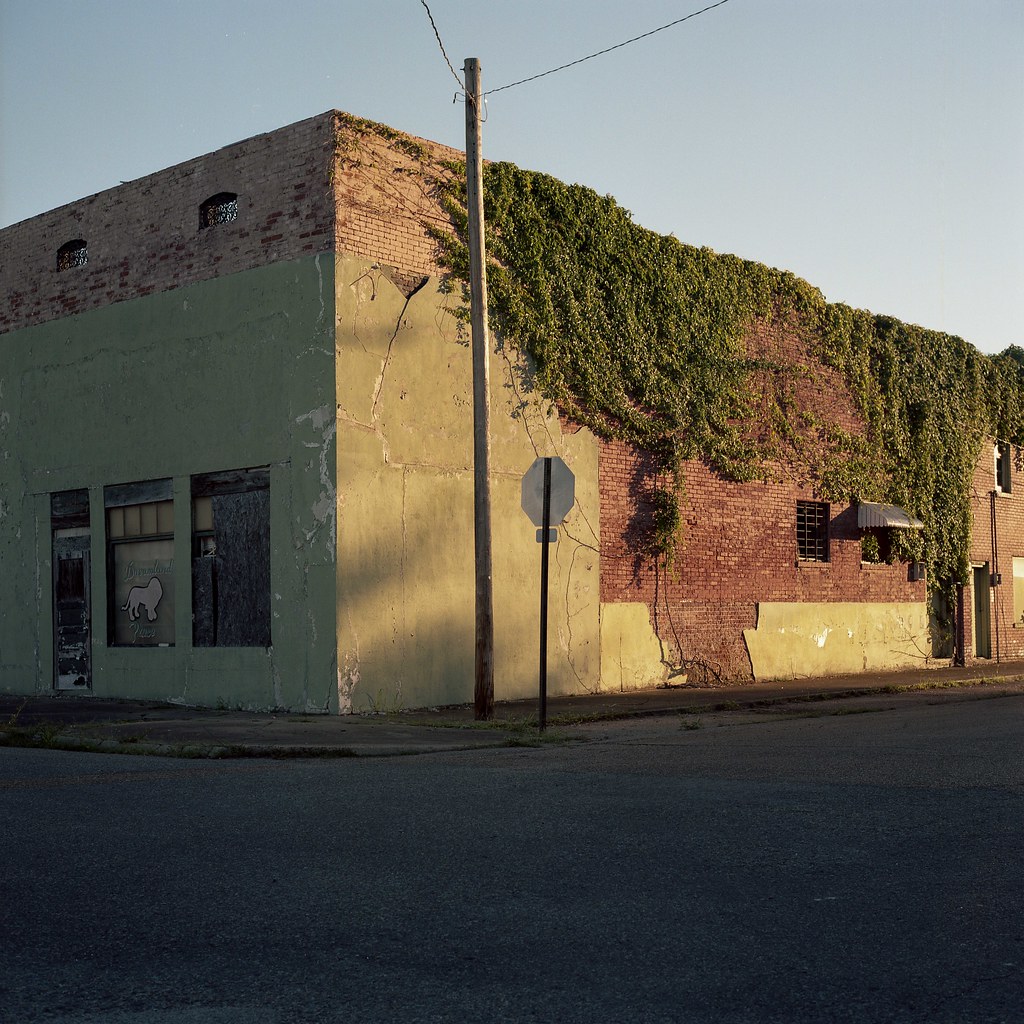
Helena [ARK]: photo by Andrew Murr, 16 December 2017



[United Workmen Temple Demolition, Portland, OR]: photo by Terry F Luehmann, 24 August 2017
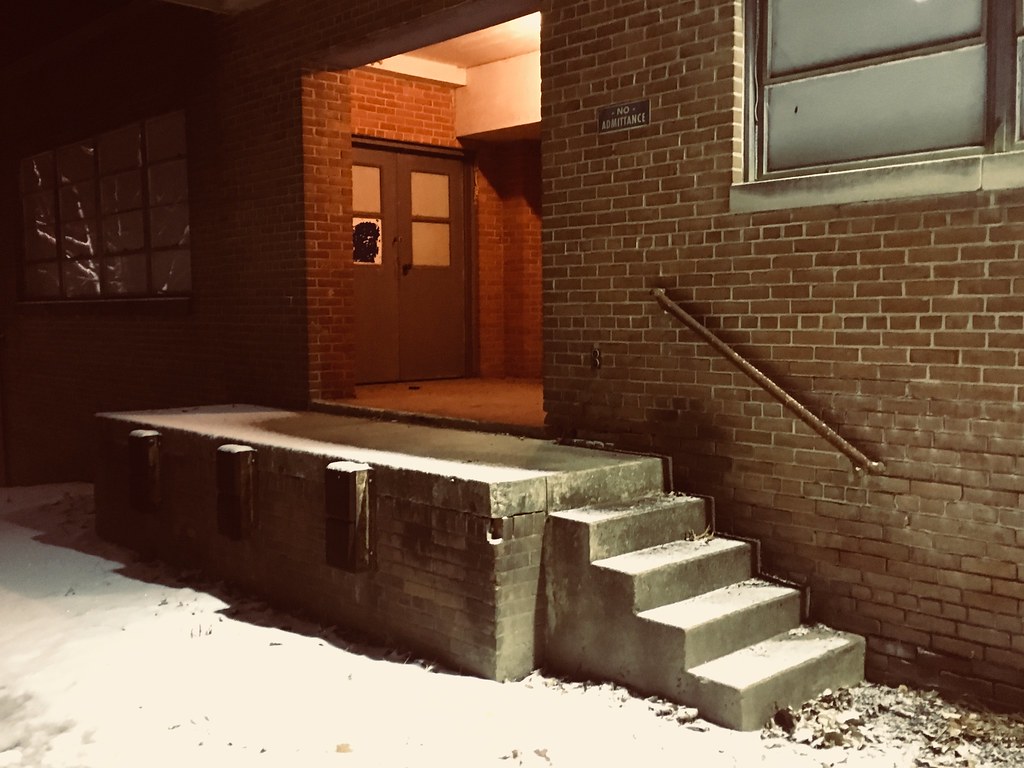
Night steps [Baltimore]: photo by Andrew Murr, 15 December 2017
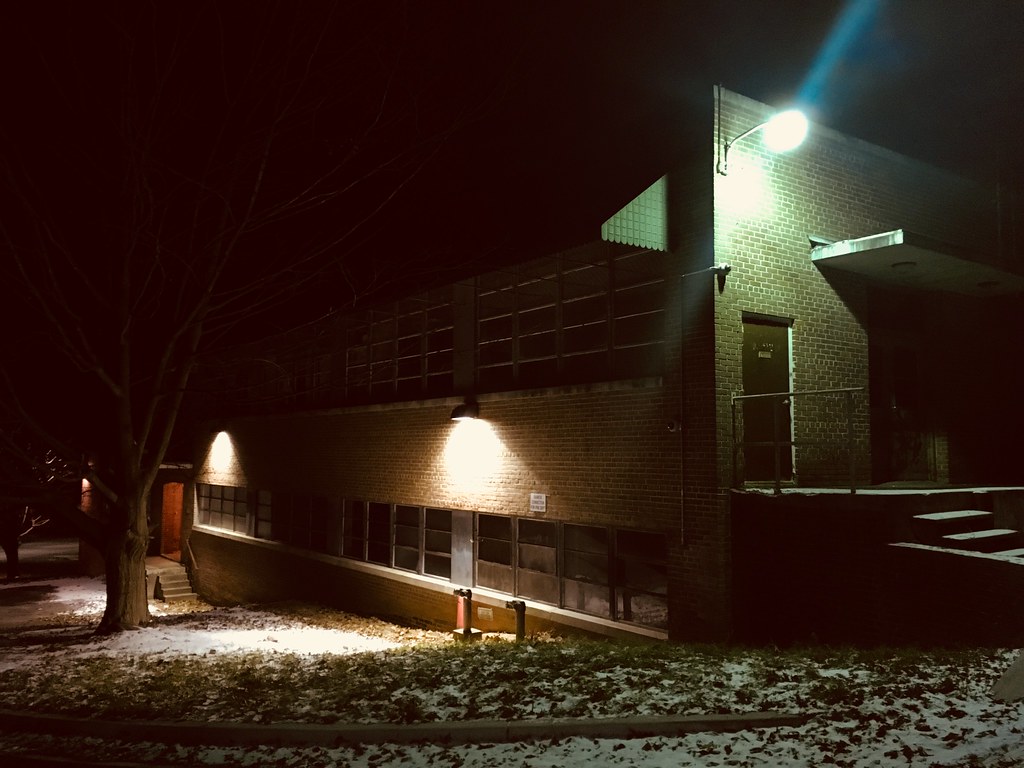
Three lights: photo by Andrew Murr, 14 December 2017





[United Workmen Temple Demolition, Portland, OR]: photo by Terry F Luehmann, 24 August 2017

Night steps [Baltimore]: photo by Andrew Murr, 15 December 2017

Three lights: photo by Andrew Murr, 14 December 2017


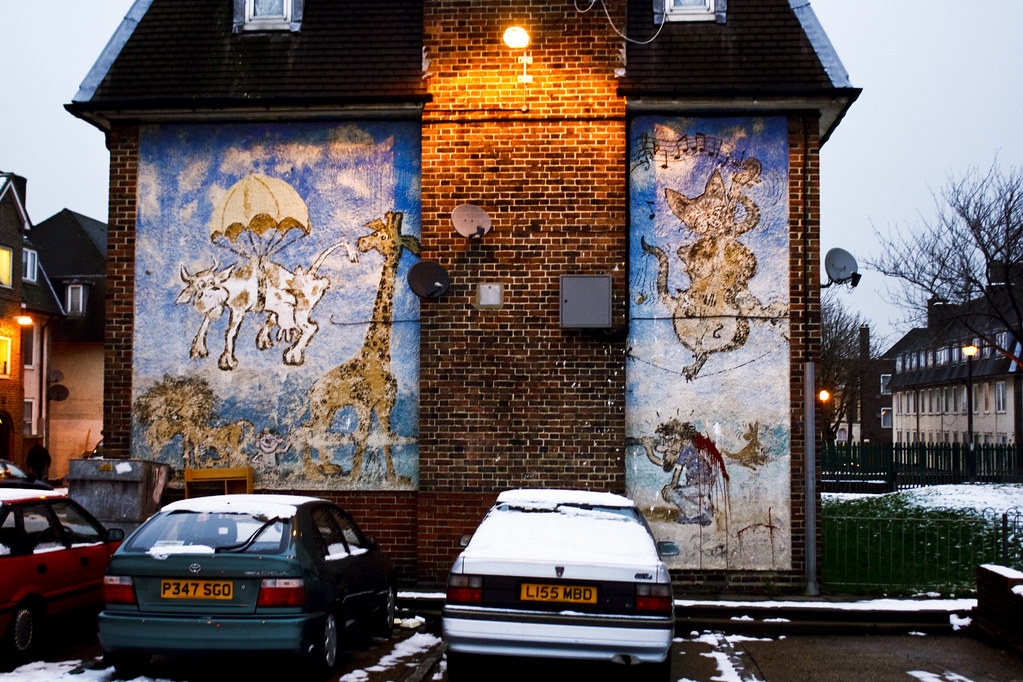
Barnfield Estate, Woolwich | What's the reference? [Having studied this again in daylight, it's signed '17.9.77 Rolf Harris']: photo by Nico Hogg, 11 January 2010
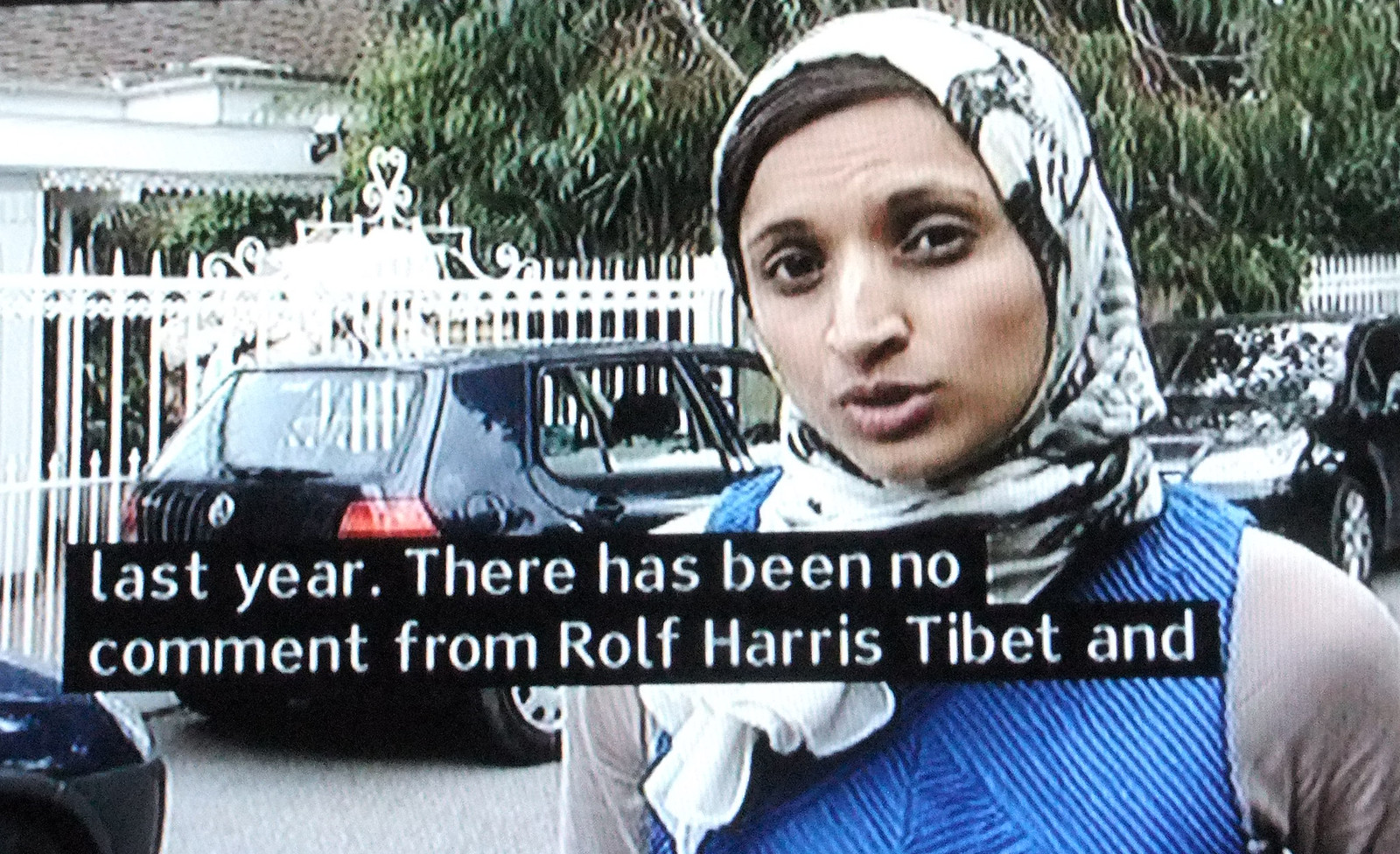
2013_08_300008 Rolf Harris Tibet | Nothing to do with Tibet. (Though traditional Tibet did have a tradition of "dancing boys".): photo by Gwydion M. Williams, 22 August 2013

2013_08_300008 Rolf Harris Tibet | Nothing to do with Tibet. (Though traditional Tibet did have a tradition of "dancing boys".): photo by Gwydion M. Williams, 22 August 2013

2013_08_300008 Rolf Harris Tibet | Nothing to do with Tibet. (Though traditional Tibet did have a tradition of "dancing boys".): photo by Gwydion M. Williams, 22 August 2013
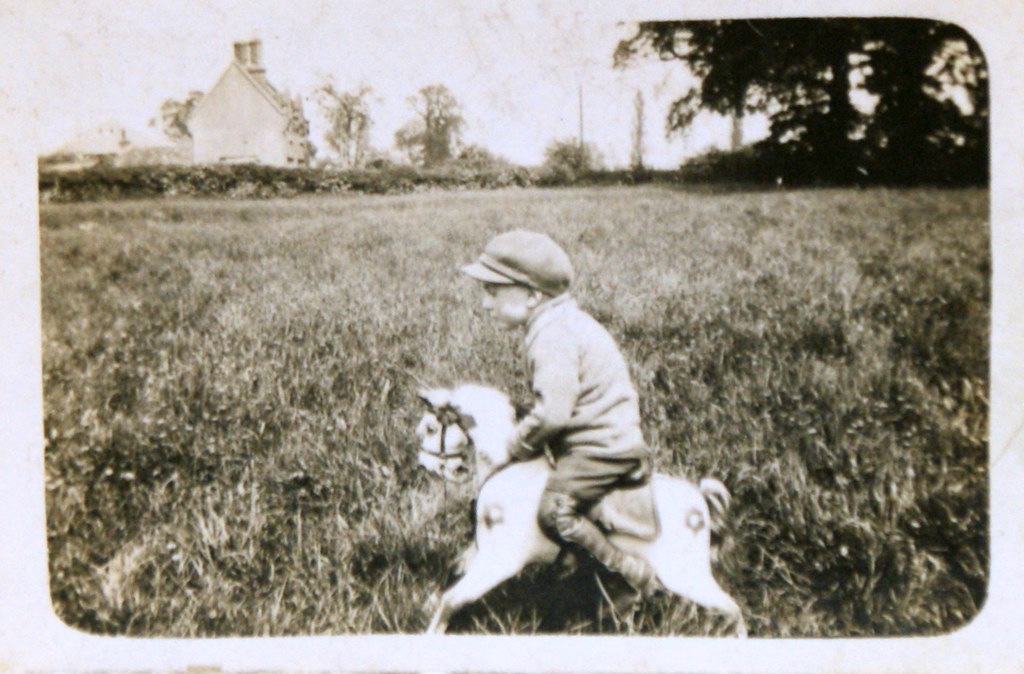
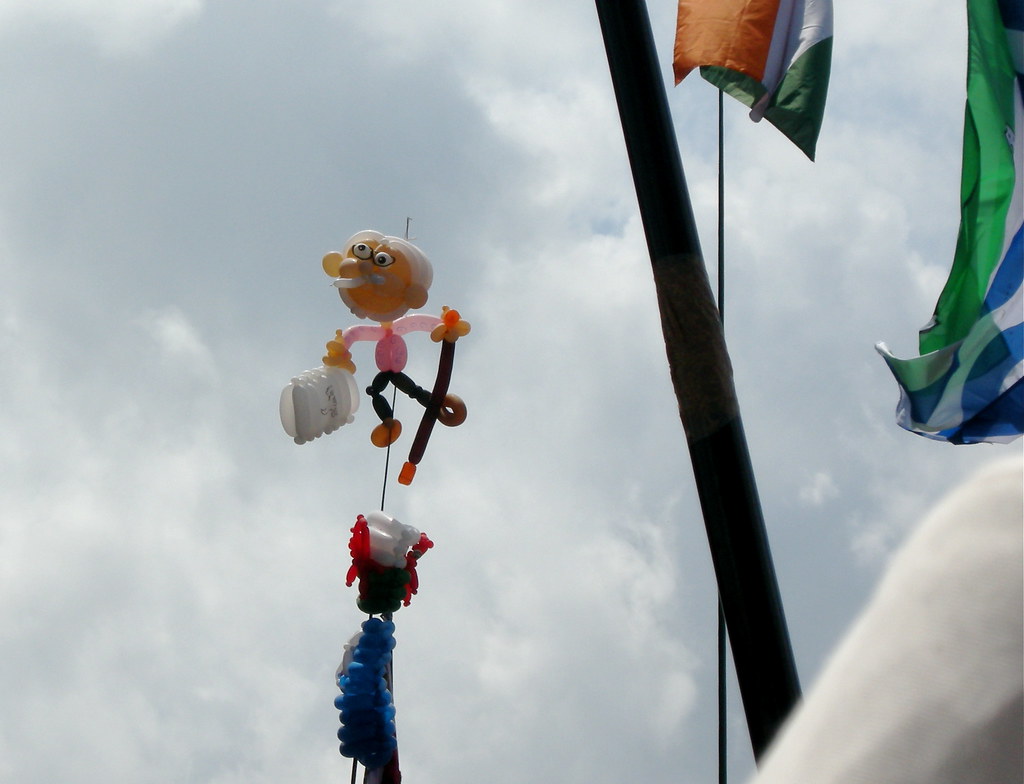

Rolf Harris Impressions: photo by Phil Rogers, 11 August 2009
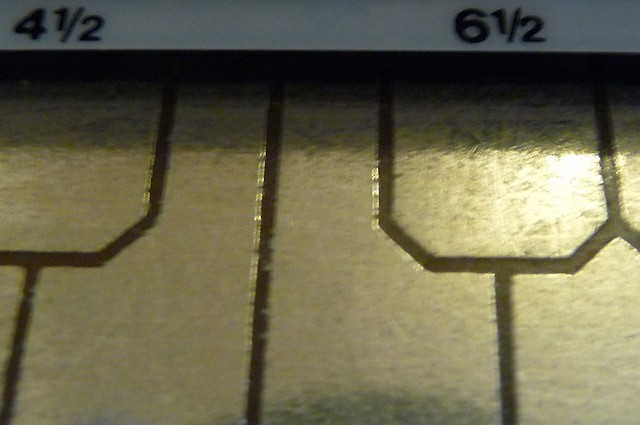
Stylophone | Rolf Harris at his best!: photo by mrmole, 22 November 2009
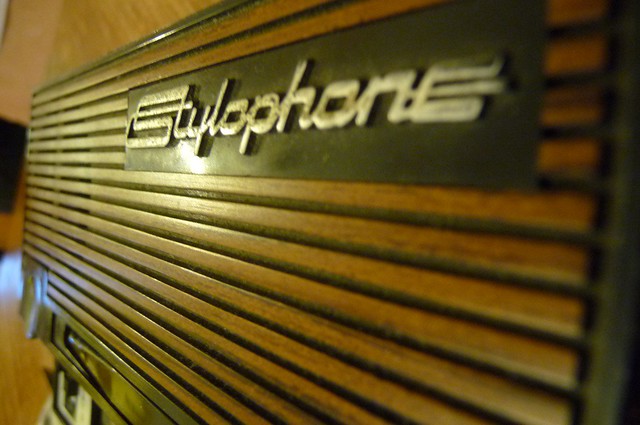
Stylophone | Rolf Harris at his best!: photo by mrmole, 22 November 2009
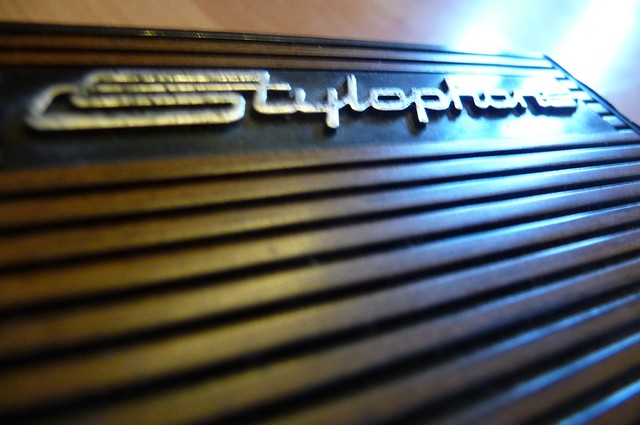
Stylophone | Rolf Harris at his best!: photo by mrmole, 22 November 2009
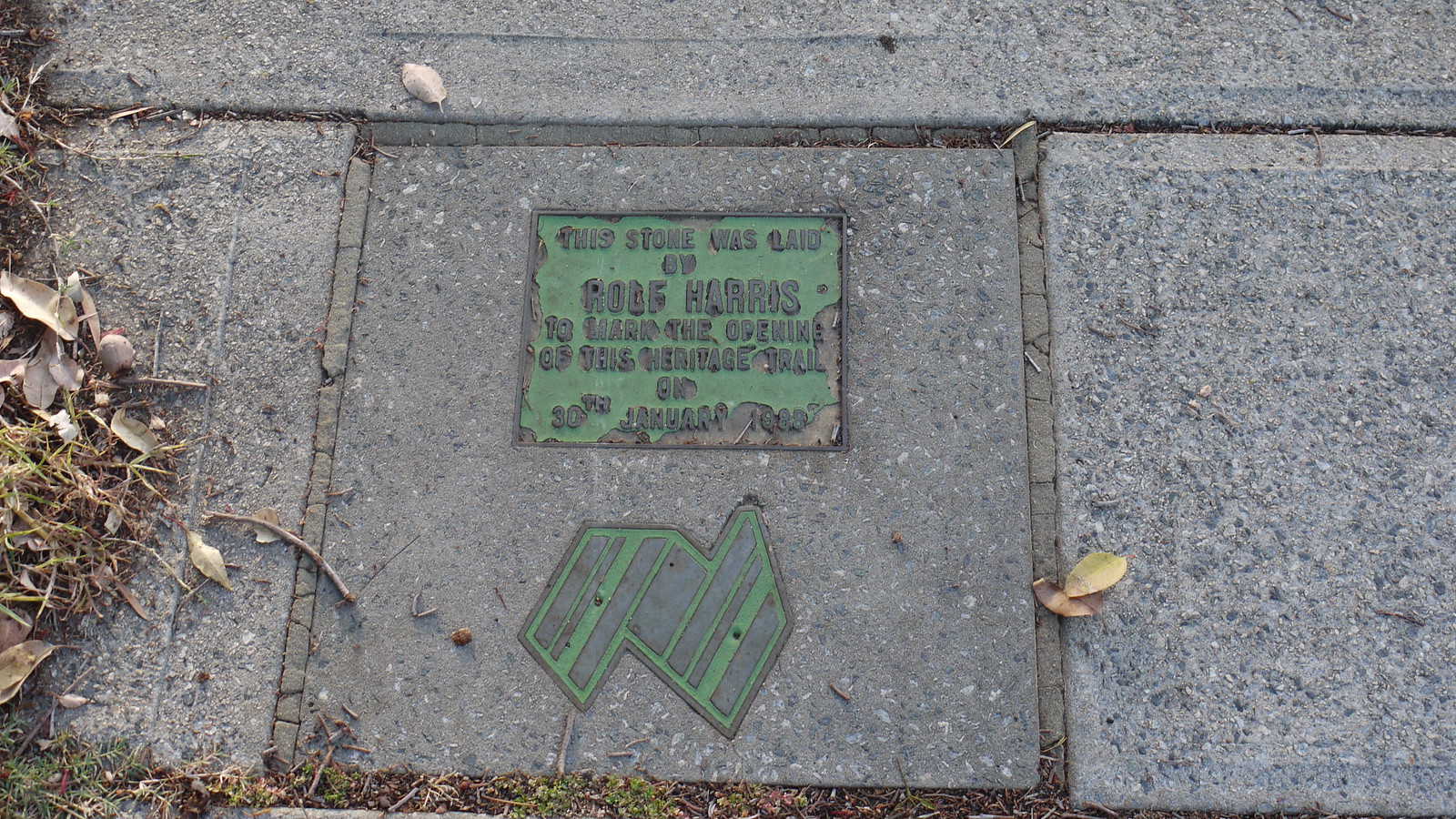
The boy from Bassendean | Old Rolfie is the local hero. [Bassendean, Perth, Western Australia]: photo by Malcolm Murdoch, 1 December 2013

The boy from Bassendean | Old Rolfie is the local hero. [Bassendean, Perth, Western Australia]: photo by Malcolm Murdoch, 1 December 2013

The boy from Bassendean | Old Rolfie is the local hero. [Bassendean, Perth, Western Australia]: photo by Malcolm Murdoch, 1 December 2013
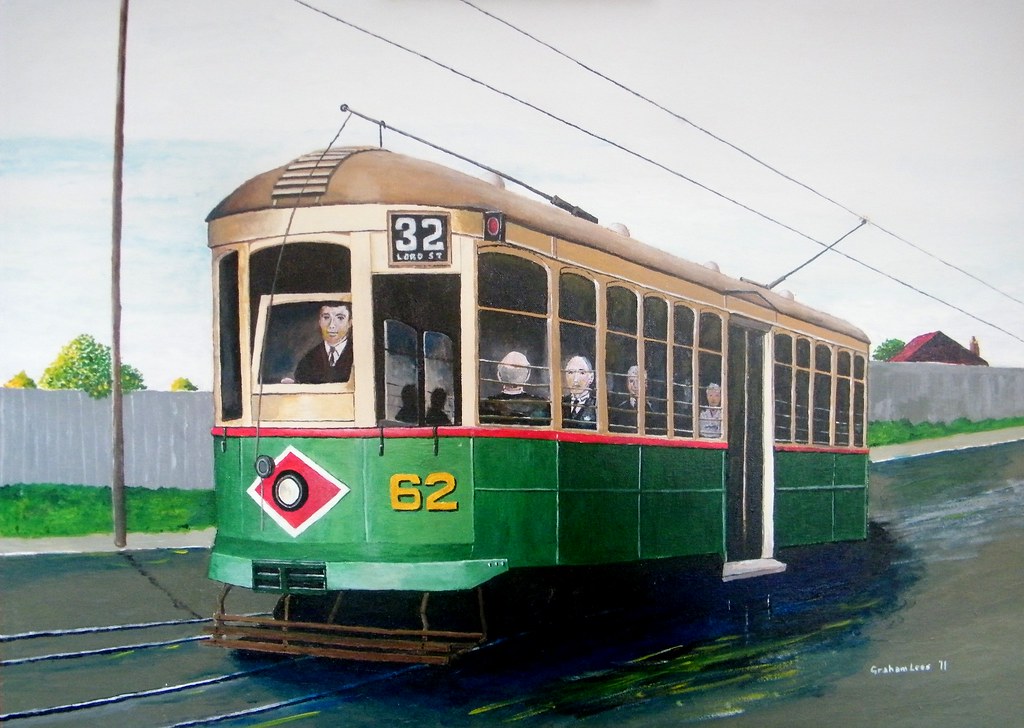
Washington H62 |In 1914, the Perth Electric Tramway Company imported two cars from the United States' Brill company. One of them was the legendary I63 Hedley Doyle and the other one was designated H class, but normally referred to as "Washington", because it was originally designed to operate there. Like 63, it was a centre entrance, two bogie vehicle. It was decommissioned in the early 1950s and was used as a holiday shack at Emu Point, near Albany, Western Australia, then sold to a farmer near Pinjarrah, who burnt it before PETS had a chance to collect and restore it. Here, it travels the 32 destination, from Bridge Road (near Barrack Street Bridge) up Stirling Street and Newcastle Street to Lord Street where it terminated near the Norwood Hotel. Acrylics on canvas, 1000mm x 700mm. [Highgate, Perth, Western Australia]: photo by Graham Lees, 10 March 2011

Washington H62 |In 1914, the Perth Electric Tramway Company imported two cars from the United States' Brill company. One of them was the legendary I63 Hedley Doyle and the other one was designated H class, but normally referred to as "Washington", because it was originally designed to operate there. Like 63, it was a centre entrance, two bogie vehicle. It was decommissioned in the early 1950s and was used as a holiday shack at Emu Point, near Albany, Western Australia, then sold to a farmer near Pinjarrah, who burnt it before PETS had a chance to collect and restore it. Here, it travels the 32 destination, from Bridge Road (near Barrack Street Bridge) up Stirling Street and Newcastle Street to Lord Street where it terminated near the Norwood Hotel. Acrylics on canvas, 1000mm x 700mm. [Highgate, Perth, Western Australia]: photo by Graham Lees, 10 March 2011

Someone puked on the coach back: image via Captain Kidd @kidd_kong78, 16 December 2017
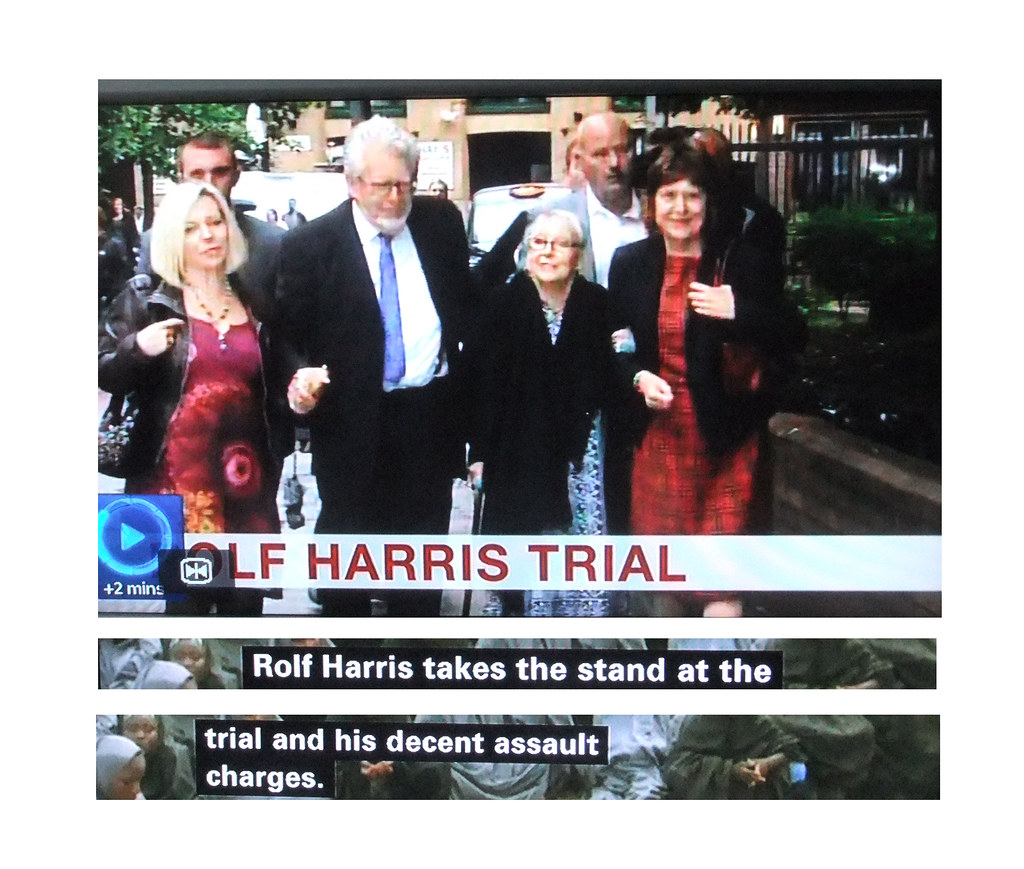
2014_05_270002 - decent assault | indecent (and highly damaging): photo by Gwydion M. Williams, 27 May 2014

Rolf Harris, at 14, having swum the fastest time (from scratch) in the “Swim through Bassendean” handicap race, held at Bassendean, West Australia, Saturday, 27 January 1945. On Saturday, 27 January 1945, Harris swam in the main race of the day at a swimming competition held to raise funds for the Bassendean Child Development Centre. He came a close second in the feature race, a handicap race, the “Swim through Bassendean”. Swimming from scratch, he swam the fastest time.: photographer unknown, 1 February 1945
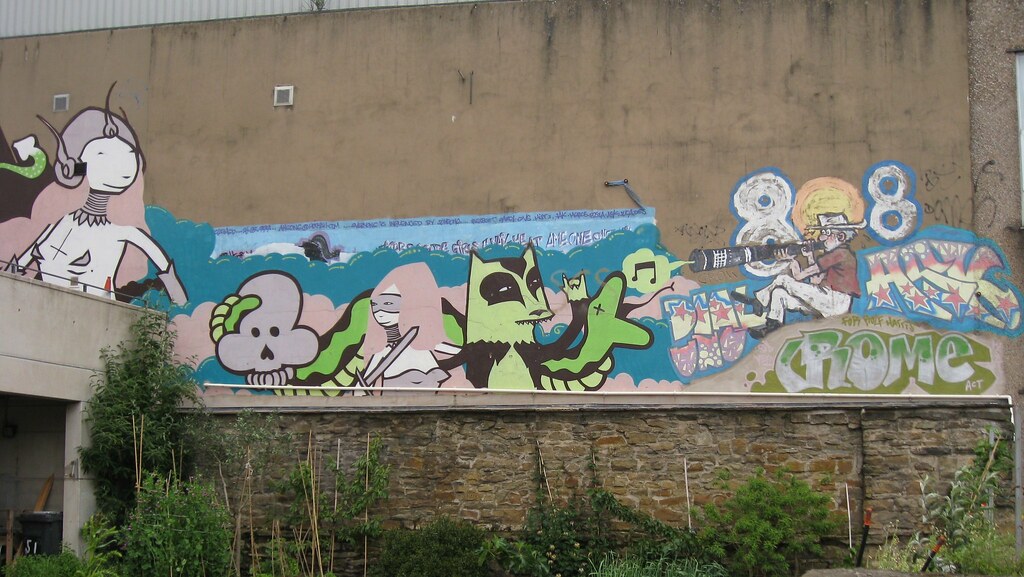
Rolf vs Kid Acne II. Painted
on the walls of Persistence Works, easily visible from Brown Street. A
large piece of grafitti art that includes a self portrait by Rolf Harris
and a large piece of work by Kid Acne. I love it, shame some of it was
hiding behind the bins... [Sheffield]: photo by Lois Lindeman, 6 June 2009
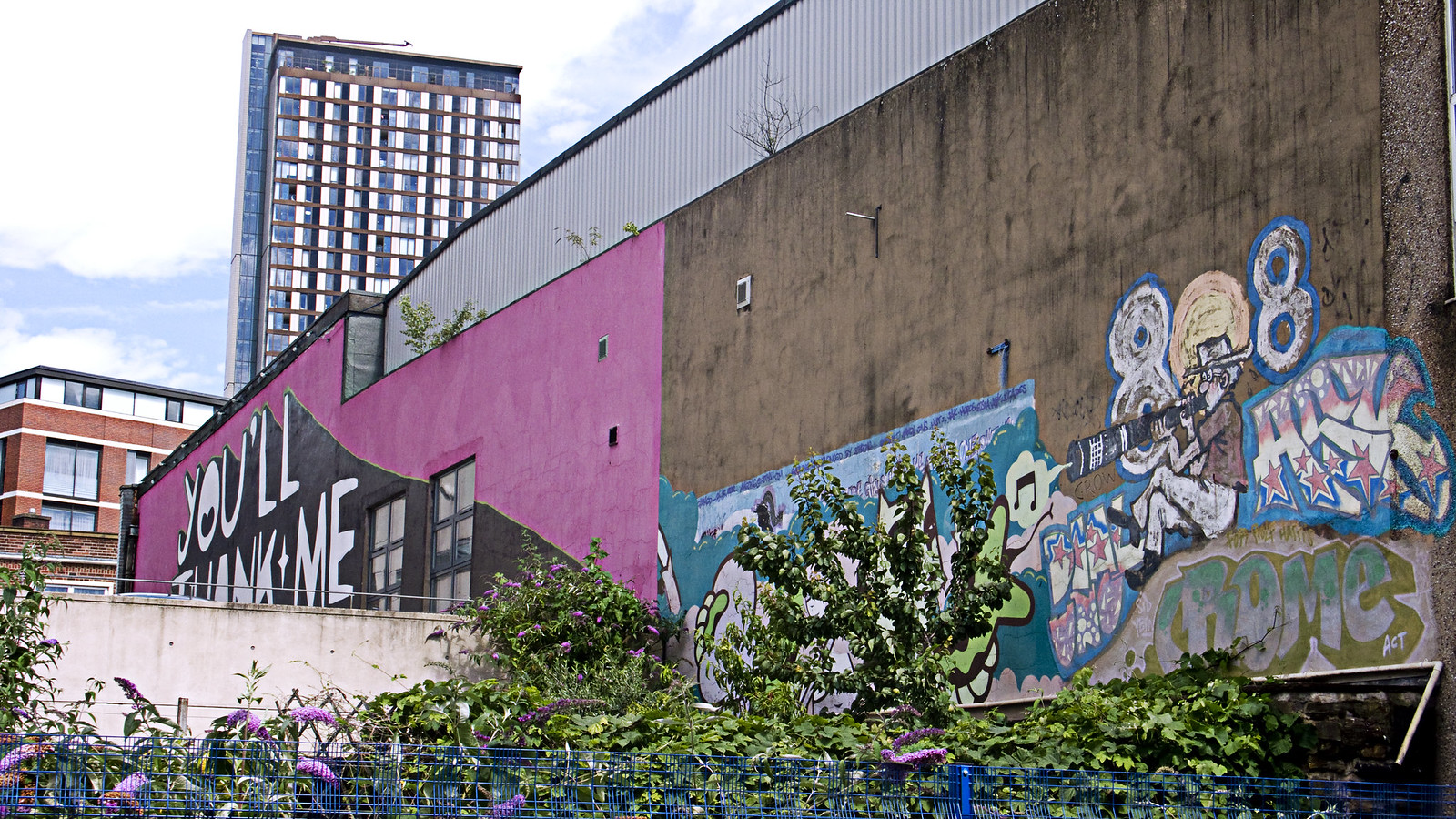
Rolf Harris Mural. Self portrait by the disgraced Rolf Harris, set to be painted
over shortly after this photo was taken on Shoreham Street, Sheffield,
on the side of the Sheffield Archives building becide [sic] BBC Radio
Sheffield.: photo by Sheffield Tiger, 5 July 2014

Rolf Harris Mural. Self portrait by the disgraced Rolf Harris, set to be painted
over shortly after this photo was taken on Shoreham Street, Sheffield,
on the side of the Sheffield Archives building becide [sic] BBC Radio
Sheffield.: photo by Sheffield Tiger, 5 July 2014

Rolf Harris Mural. Self portrait by the disgraced Rolf Harris, set to be painted
over shortly after this photo was taken on Shoreham Street, Sheffield,
on the side of the Sheffield Archives building becide [sic] BBC Radio
Sheffield.: photo by Sheffield Tiger, 5 July 2014

Toys of Christmas Past. Did you know that toys and games have been part of childhood for
thousands of years? 4000 BC - A Babylonian game, which is the ancestor of modern draughts begins to be played. 3000 BC - First Game resembling modern Backgammon is played in Sumeria. 2000 BC - Stone marbles first used in Egypt. 1000 BC - Kites appear in China. Stone Yo-Yos begin to be used in Greece. 600 BC - An ancestor of chess called ‘Chaturanga’ is played in India. 1759 - Roller skates are invented by Joseph Merlin. Victorian
Era - Victorian children had fewer toys than you have today. Poor
Children - Poor families made their own, such as cloth-peg dolls and
paper windmills. Children would save their pocket money to buy marbles, a
spinning top, skipping ropes, kites or cheap wooden toys. Rich
Children had rocking horses with real horse hair manes, and dolls houses
full of beautifully-carved miniature furniture. Other popular toys for
rich children included china or wax dolls for the girls and clockwork
train sets for the boys. Girls played with dolls and tea sets whilst
boys played with toy soldiers and marbles. During Victorian
times, people became fascinated by toys that made pictures move. One of
the earliest and simplest of these was the thaumatrope. This is a disc
with a picture on either side that is attached to two pieces of string
or a stick. When you spin the disc quickly, the two pictures appear to
combine into one. 1967 - Spiro-Graph is toy of the year. Rolf Harris
Stylophone (Musical toy with a strangely annoying pitch.) Apparently
invented by accident the Stylophone enjoys cult popularity among
musicians and has been used by bands as diverse as David Bowie and Blur.: photo by Paul Townsend, 26 December 2010

Boy beside store window display of Christmas ornaments, northeastern US: photographer unknown [Jack Delano?], December 1941 (Farm Security Administration / Office of War Information Collection, Library of Congress)
Delmore Schwartz: The Winter Twilight, Glowing Black and Gold
That time of year you may in me behold
When Christmas trees are blazing on the walk,
Raging amid stale snow against the cold
And low sky's bundled wash, senseless as chalk.
Hissing and ravenous the brilliant plant,
Rising like eagerness, a rushing pyre
(As when the tutti bursts forth, and the chant
Soars up -- hurrahing! -- from the Easter choir).
But this is only true at four o'clock,
At noon the fifth year is once more abused,
I bring a distant girl apples and cake,
Pictures, secrets, lastly my swollen heart,
Now boxed and tied by what I know of art
-- But as before accepted and refused.
Delmore Schwartz (1913-1966): The Winter Twilight, Glowing Black and Gold, from Vaudeville for a Princess and Other Poems, 1950
That time of year you may in me behold
When Christmas trees are blazing on the walk,
Raging amid stale snow against the cold
And low sky's bundled wash, senseless as chalk.
Hissing and ravenous the brilliant plant,
Rising like eagerness, a rushing pyre
(As when the tutti bursts forth, and the chant
Soars up -- hurrahing! -- from the Easter choir).
But this is only true at four o'clock,
At noon the fifth year is once more abused,
I bring a distant girl apples and cake,
Pictures, secrets, lastly my swollen heart,
Now boxed and tied by what I know of art
-- But as before accepted and refused.
Delmore Schwartz (1913-1966): The Winter Twilight, Glowing Black and Gold, from Vaudeville for a Princess and Other Poems, 1950

Boys looking at store window display of toys: : photographer unknown [Jack Delano?], December 1941 (Farm Security Administration / Office of War Information Collection, Library of Congress)
William Shakespeare: Sonnet 73: That time of yeeare thou maiſt in me behold
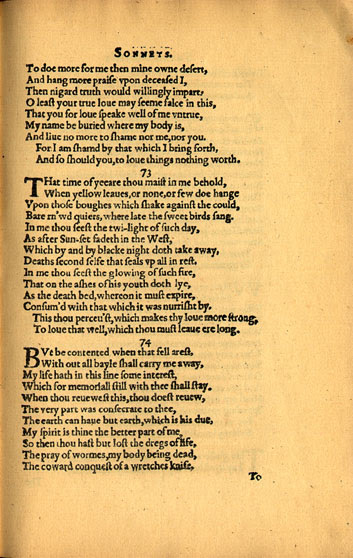
William Shakespeare (1564-1616): Sonnet 73 (1609 quarto, facsimile)
That time of yeeare thou maiſt in me behold,
When yellow leaues, or none, or fewe doe hange
Vpon thoſe boughes which ſhake againſt the could,
Bare rn'wd quiers, where late the ſweet birds ſang.
In me thou ſeeſt the twi-light of ſuch day,
As after Sun-ſet fadeth in the Weſt,
Which by and by blacke night doth take away,
Deaths ſecond ſelfe that ſeals vp all in reſt.
In me thou ſeeſt the glowing of ſuch fire,
That on the aſhes of his youth doth lye,
As the death bed, whereon it muſt expire,
Conſum'd with that which it was nurriſht by.
This thou perceu'ſt, which makes thy loue more ſtrong,
To loue that well, which thou muſt leaue ere long.
When yellow leaues, or none, or fewe doe hange
Vpon thoſe boughes which ſhake againſt the could,
Bare rn'wd quiers, where late the ſweet birds ſang.
In me thou ſeeſt the twi-light of ſuch day,
As after Sun-ſet fadeth in the Weſt,
Which by and by blacke night doth take away,
Deaths ſecond ſelfe that ſeals vp all in reſt.
In me thou ſeeſt the glowing of ſuch fire,
That on the aſhes of his youth doth lye,
As the death bed, whereon it muſt expire,
Conſum'd with that which it was nurriſht by.
This thou perceu'ſt, which makes thy loue more ſtrong,
To loue that well, which thou muſt leaue ere long.
William Shakespeare (1564-1616): Sonnet 73: That time of yeeare thou maiſt in me behold (text: from 1609 Quarto)

Christmas trees and wreaths in store window display: photographer unknown [Jack Delano?], December 1941 (Farm Security Administration / Office of War Information Collection, Library of Congress)
James Schuyler: December

Ice skating in Rockefeller Center, New York, New York: photo by John Collier, December 1941 (Farm Security Administration / Office of War Information Collection, Library of Congress)
..............................
FRANCIS JAMMES
FRANCIS JAMMES
The giant Norway spruce from Podunk, its lower branches bound,
this morning was reared into place at Rockefeller Center.
I thought I saw a cold blue dusty light sough in its boughs
the way other years the wind thrashing at the giant ornaments
recalled other years and Christmas trees more homey.
Each December! I always think I hate “the over-commercialized event”
and then bells ring, or tiny light bulbs wink above the entrance
to Bonwit Teller or Katherine going on five wants to look at all
the empty sample gift-wrapped boxes up Fifth Avenue in swank shops
and how can I help falling in love? A calm secret exultation
of the spirit that tastes like Sealtest eggnog, made from milk solids,
Vanillin, artificial rum flavoring; a milky impulse to kiss and be friends
It’s like what George and I were talking about, the East West
Coast divide: Californians need to do a thing to enjoy it.
A smile in the street may be loads! you don’t have to undress everybody.
..............................
..............................
..............................
Having and giving but also catching glimpses
hints that are revelations: to have been so happy is a promise
and if it isn’t kept that doesn’t matter. It may snow
falling softly on lashes of eyes you love and a cold cheek
grow warm next to your own in hushed dark familial December.
James Schuyler (1923-1991): December, from May 24th or So (1966)

Hanging Christmas decorations in Providence, Rhode Island: photo by Jack Delano, December 1940 (Farm Security Administration / Office of War Information Collection, Library of Congress)

Hunters in the Snow: January: Pieter Breugel the Elder, 1565, oil on panel, 117 x 62 cm (Kunsthistorisches Museum, Vienna)

Hunters in the Snow: January: Pieter Breugel the Elder, 1565, oil on panel, 117 x 62 cm (Kunsthistorisches Museum, Vienna)
John Berryman: Winter Landscape
The three men coming down the winter hill
In brown, with tall poles and a pack of hounds
At heel, through the arrangement of the trees,
Past the five figures at the burning straw,
Returning cold and silent to their town,
In brown, with tall poles and a pack of hounds
At heel, through the arrangement of the trees,
Past the five figures at the burning straw,
Returning cold and silent to their town,
Returning to the drifted snow, the rink
Lively with children, to the older men,
The long companions they can never reach,
The blue light, men with ladders, by the church
The sledge and shadow in the twilit street,
Lively with children, to the older men,
The long companions they can never reach,
The blue light, men with ladders, by the church
The sledge and shadow in the twilit street,
Are not aware that in the sandy time
To come, the evil waste of history
Outstretched, they will be seen upon the brow
Of that same hill: when all their company
Will have been irrecoverably lost,
To come, the evil waste of history
Outstretched, they will be seen upon the brow
Of that same hill: when all their company
Will have been irrecoverably lost,
These men, this particular three in brown
Witnessed by birds will keep the scene and say
By their configuration with the trees,
The small bridge, the red houses and the fire,
What place, what time, what morning occasion
Witnessed by birds will keep the scene and say
By their configuration with the trees,
The small bridge, the red houses and the fire,
What place, what time, what morning occasion
Sent them into the wood, a pack of hounds
At heel and the tall poles upon their shoulders,
Thence to return as now we see them and
Ankle-deep in snow down the winter hill
Descend, while three birds watch and the fourth flies.
At heel and the tall poles upon their shoulders,
Thence to return as now we see them and
Ankle-deep in snow down the winter hill
Descend, while three birds watch and the fourth flies.
John Berryman (1914-1972): Winter Landscape, from The Dispossessed (1948)



Hunters in the Snow: January (detail): Pieter Breugel the Elder, 1565 (Kunsthistorisches Museum, Vienna)

Hunters in the Snow: January (detail): Pieter Breugel the Elder, 1565 (Kunsthistorisches Museum, Vienna)
William Carlos Williams: The Hunters in the Snow
The over-all picture is winter
icy mountains
in the background the return
from the hunt it is toward evening
from the left
sturdy hunters lead in
their pack the inn-sign
hanging from a
broken hinge is a stag a crucifix
between his antlers the cold
inn yard is
deserted but for a huge bonfire
that flares wind-driven tended by
women who cluster
about it to the right beyond
the hill is a pattern of skaters
Brueghel the painter
concerned with it all has chosen
a winter-struck bush for his
foreground to
complete the picture
William Carlos Williams (1883-1963): The Hunters in the Snow, 1962, from Pictures from Brueghel (1963)

Hunters in the Snow: January (detail): Pieter Breugel the Elder, 1565 (Kunsthistorisches Museum, Vienna)

Hunters in the Snow: January (detail): Pieter Breugel the Elder, 1565 (Kunsthistorisches Museum, Vienna)
[A Psalme of Dauid.] 23:1 The Lord is my shepheard, I shall not want.
23:2 He maketh me to lie downe in greene pastures: he leadeth mee beside the still waters.
23:3 He restoreth my soule: he leadeth me in the pathes of righteousnes, for his names sake.
23:4 Yea though I walke through the valley of the shadowe of death, I will feare no euill: for thou art with me, thy rod and thy staffe, they comfort me.
23:5 Thou preparest a table before me, in the presence of mine enemies: thou anointest my head with oyle, my cuppe runneth ouer.
23:6 Surely goodnes and mercie shall followe me all the daies of my life: and I will dwell in the house of the Lord for euer.
Psalm XXIII, from King James Bible, 1611

Hunters in the Snow: January (detail): Pieter Breugel the Elder, 1565 (Kunsthistorisches Museum, Vienna)

Hunters in the Snow: January (detail): Pieter Breugel the Elder, 1565 (Kunsthistorisches Museum, Vienna)
Black refugees evicted from sharecropping, now living on roadside, Parkin, Arkansas: photo by John Vachon, 1936 (Farm Security Administration/WPA, Library of Congress)

Refugee family in Upper Silesia, waiting in the freezing cold to flee their homeland to the west to safety: photo by Blaschka, January 1945 (Deutsches Bundesarchiv)

Shoppers walk through fake snow on Oxford Street during a traffic-free Christmas shopping day in central London: photo by Olivia Harris/Reuters, 24 November 2012

Presence: Providence


Snow in downtown Providence, Rhode Island: photo by Jack Delano, December 1940

Snow in downtown Providence, Rhode Island: photo by Jack Delano, December 1940

Snow in downtown Providence, Rhode Island: photo by Jack Delano, December 1940

Snow in downtown Providence, Rhode Island: photo by Jack Delano, December 1940

Snow and slush in downtown Providence, Rhode Island: photo by Jack Delano, December 1940

Snow and slush in downtown Providence, Rhode Island: photo by Jack Delano, December 1940

Waiting for a bus on a rainy day in Providence, Rhode Island: photo by Jack Delano, December 1940

Window shoppers watching toy display in downtown Providence, Rhode Island: photo by Jack Delano, December 1940

Window shoppers watching toy display in downtown Providence, Rhode Island: photo by Jack Delano, December 1940

Window shoppers watching toy display in downtown Providence, Rhode Island: photo by Jack Delano, December 1940

Window shoppers watching toy display in downtown Providence, Rhode Island: photo by Jack Delano, December 1940

Boys watching toy display in downtown Providence, Rhode Island: photo by Jack Delano, December 1940

Window shoppers watching toy display in downtown Providence, Rhode Island: photo by Jack Delano, December 1940

Christmas window display in a 5 and 10, Providence, Rhode Island: photo by Jack Delano, December 1940
And then we had presence
-- Ted Berrigan, from Presence in The Paris Review #37, 1966
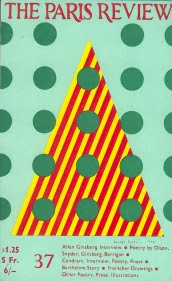
The Paris Review #37, 1966: cover by Derek Boshier
Ted Berrigan: Sonnet #2 ("old come-all-ye's streel into the streets")
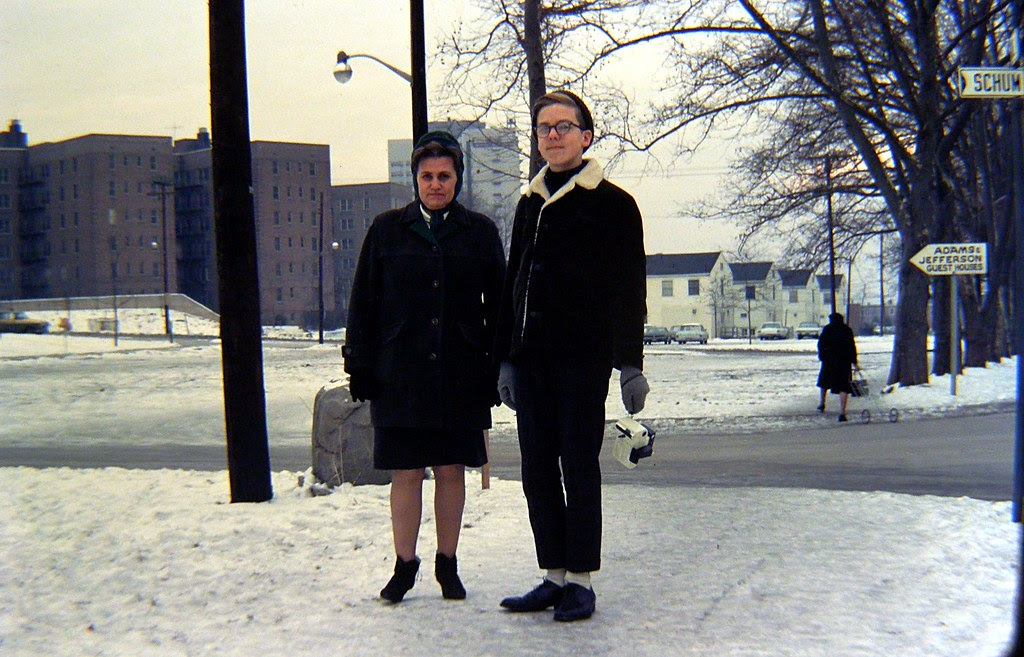
With my mother and my Polaroid Swinger Camera, Fort Hamilton, Brooklyn, New York, 1967 or 1968: photo by Tom Riggle (asterisktom), posted 25 November 2010
Dear Margie, hello. It is 5:15 a.m
dear Berrigan. He died
Back to books. I read
It's 8:30 p.m. in New York and I've been running around all day
old come-all-ye's streel into the streets. Yes, it is now,
How Much Longer Shall I Be Able To Inhabit the Divine
and the day a bright gray turning green
feminine marvelous and tough
watching the sun come up over the Navy Yard
to write scotch-tape body in a notebook
had 17 and 1/2 milligrams
Dear Margie, hello. It is 5:15 a.m.
fucked til 7 now she's late to work and I'm
18 so why are my hands shaking I should know better
dear Berrigan. He died
Back to books. I read
It's 8:30 p.m. in New York and I've been running around all day
old come-all-ye's streel into the streets. Yes, it is now,
How Much Longer Shall I Be Able To Inhabit the Divine
and the day a bright gray turning green
feminine marvelous and tough
watching the sun come up over the Navy Yard
to write scotch-tape body in a notebook
had 17 and 1/2 milligrams
Dear Margie, hello. It is 5:15 a.m.
fucked til 7 now she's late to work and I'm
18 so why are my hands shaking I should know better
Ted Berrigan (1934-1983): Sonnet #2, from The Sonnets (1964)

Girl looks out bus window at snowstorm, New York City: photo by Erich Hartmann (1922-1999), 1967; image by RasMarley. 19 March 2013

42nd Street marquees, Times Square, Manhattan, New York, 1978: photographer unknown; image by Christian Montone, 21 August 2009

Times Square in rain, Manhattan, New York City, 1965: photographer unknown (from 1965 New York State Vacationlands brochure); image by Christian Montone, 15 August 2008
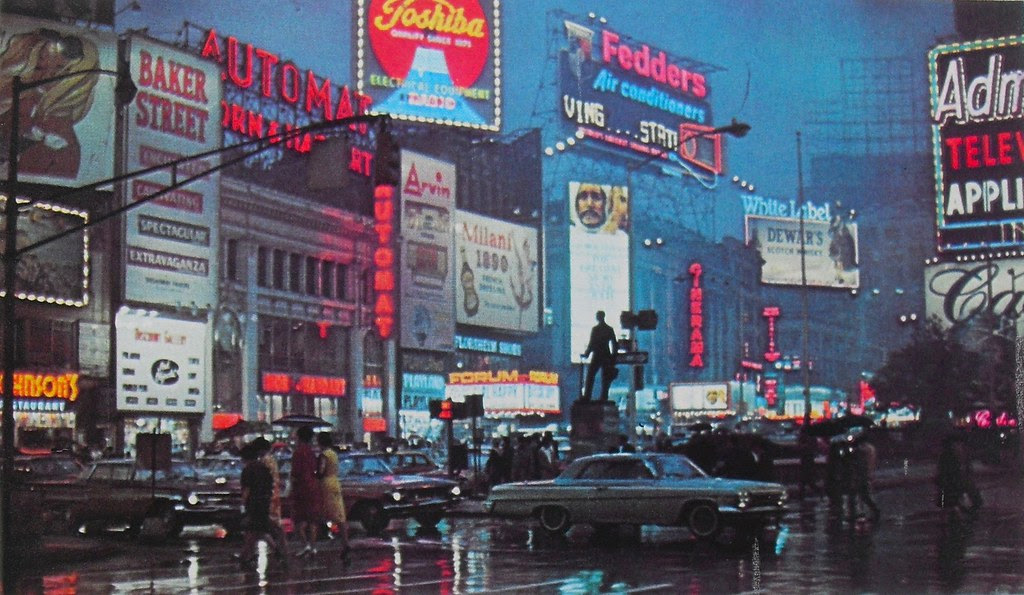
Times Square in rain, Manhattan, New York City, 1964: photographer unknown; image by Christian Montone, 15 August 2008

4th Avenue between 92nd and 93rd Streets, Bay Ridge, Brooklyn, New York, 1967 or 1968: photo by Tom Riggle (asterisktom), posted 25 November 2010

125th Street and Lenox Avenue, Harlem, Manhattan, New York, 1968: photo by Tom Riggle (asterisktom), posted 25 November 2010
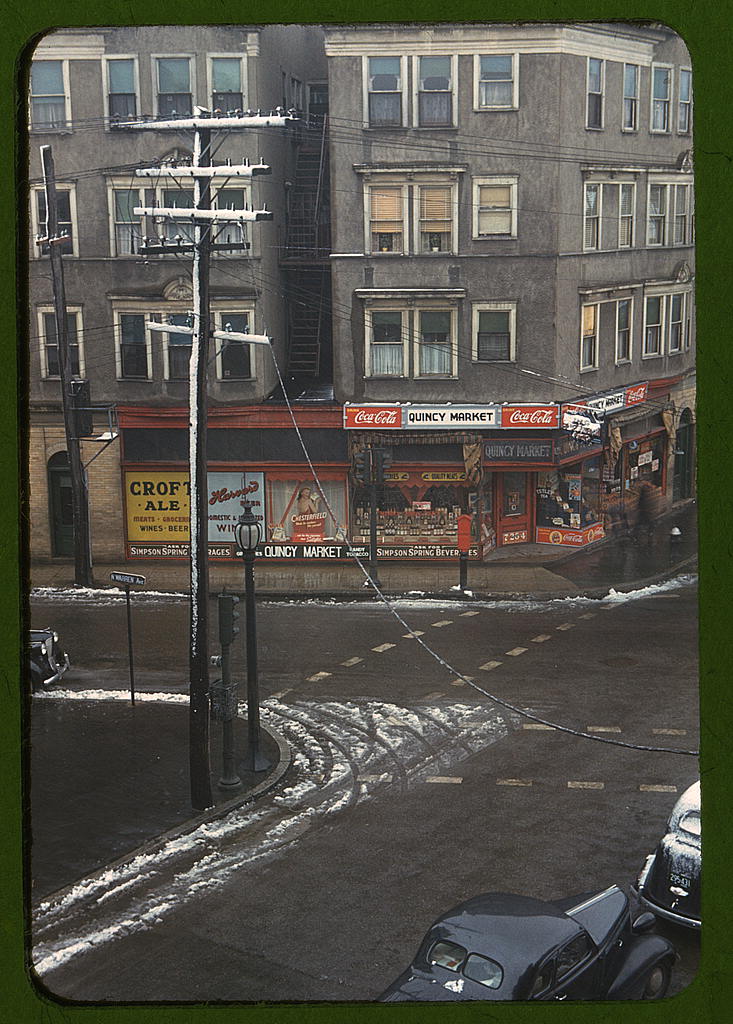
Street corner, Brockton, Massachusetts: photo by Jack Delano, January 1941
It’s a Sunday afternoon in New England just three days before
Christmas -- Ma’s making the roast in the kitchen range, also tapioca
pudding so when Sister Nin comes in from outdoors with the shovel she’s
been wielding in the blizzard there are cold waves of snowy air mixing
with the heat steams of tapioca over the stove and in my mouth I can
taste whipped cream cold from the icebox on the hot pudding tonight.
While Ma cooks she also sits at the round kitchen table reading the
“Boston American” -- Pa’s in the parlor playing the Gospel Singers of
Sunday cigarsmoke funnies time -- I’m getting ready to take my big blizzard
walk into the Massachusetts Shroud begins just down the end of dirt
road Phebe Avenue, I’m rummaging in the closet for my hockey stick which
will be my walking-stick and feeling-stick to find where puddles and
creeklets have disappeared under two feet of snow this day.
.
I start out, down the porch steps, overshoes, woolcap, coat,
corduroy pants, mittens -- There are Christmas wreaths in all the windows
of sweet Phebe—No sign of G. J. or Billy with the kids sliding on the
park slope, no sign of them on their porch except G. J.’s sister in her
coat all wrapped communing with the plicking fall of vast snows in a
silence all her own, girl-like, watching it pile on the porch rail, the
little rills, sadnesses, mysteries -- She waves -- I plod down off our
Sis-shoveled walk into Mrs. Quinn’s unshoveled walk where the going is
deep, profound, happy -- No shoveled walks all the way to Billy’s where
bigbrother sixfoot Jack has worked in muffler with pink cheeks and white
teeth, laughing -- Black birds in the black cherry tree, and in the new
snow breadcrumbs, bird tweak tracks, a little dot of kitty yellow, a
star blob of plopsnow ball against Old MacArthur’s wreathy front door -- O
the clean porches of New England in the holy dry snow that’s drifting
across new painted planks to pile in corners over rubber doormats,
sleds, overshoes -- The steam in the windows, the frost, the faces looking
out -- And over the sandbank now and down on semi-snow-plowed Phebe comes
the great fwoosh of hard stormwind from the river cracking leafless
shrubs in stick-unison, throwing swirls of coldsifted powder, pure, the
freezing freshness everywhere, the sand frozen solid underneath -- ...

Sylvia Sweets Tea Room, Brockton, Massachusetts: photo by Jack Delano, December 1940 or January 1941

Street scene, possibly in Brockton, Massachusetts: photo by Jack Delano, December 1940

Second-hand plumbing store, Brockton, Massachusetts: photo by Jack Delano, December 1940

Children with adult in the tenement district, Brockton, Massachusetts: photo by Jack Delano, December 1940

Children in the tenement district, Brockton, Massachusetts: photo by Jack Delano, December 1940

Children in the tenement district, Brockton, Massachusetts: photo by Jack Delano, December 1940

Second-hand plumbing store, Brockton, Massachusetts: photo by Jack Delano, December 1940

Children with adult in the tenement district, Brockton, Massachusetts: photo by Jack Delano, December 1940

Children in the tenement district, Brockton, Massachusetts: photo by Jack Delano, December 1940

Children in the tenement district, Brockton, Massachusetts: photo by Jack Delano, December 1940
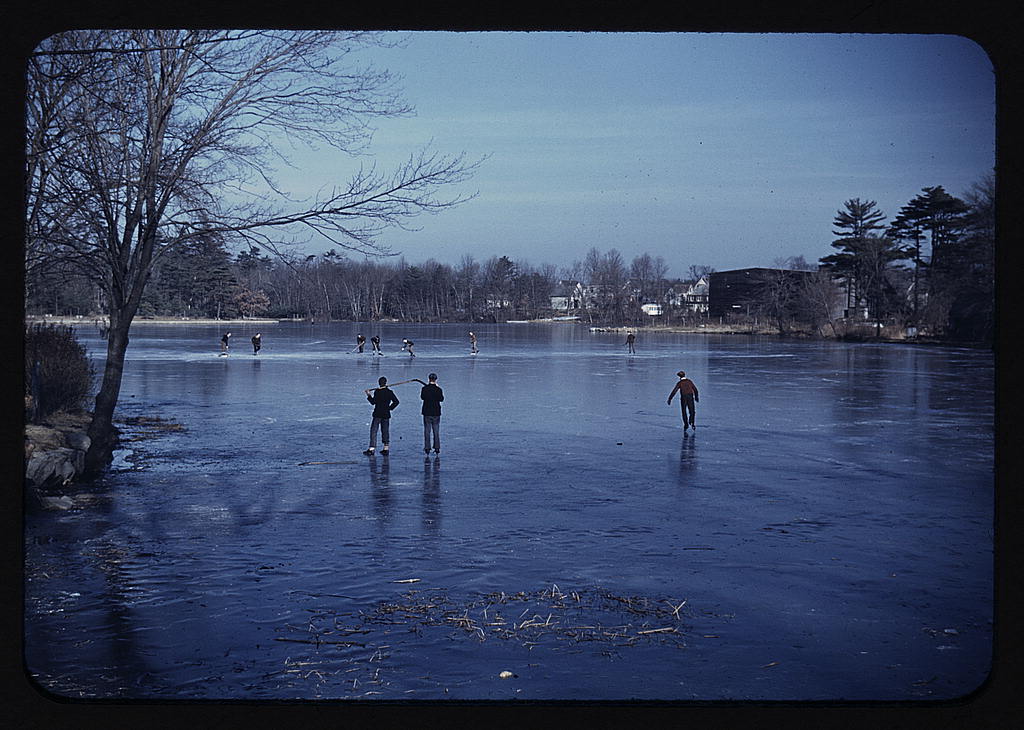
Skating, vicinity of Brockton, Massachusetts: photo by Jack Delano, December 1940

Skating, vicinity of Brockton, Massachusetts: photo by Jack Delano, December 1940

Skating, vicinity of Brockton, Massachusetts: photo by Jack Delano, December 1940

Skating, vicinity of Brockton, Massachusetts: photo by Jack Delano, December 1940

Skating, vicinity of Brockton, Massachusetts: photo by Jack Delano, December 1940
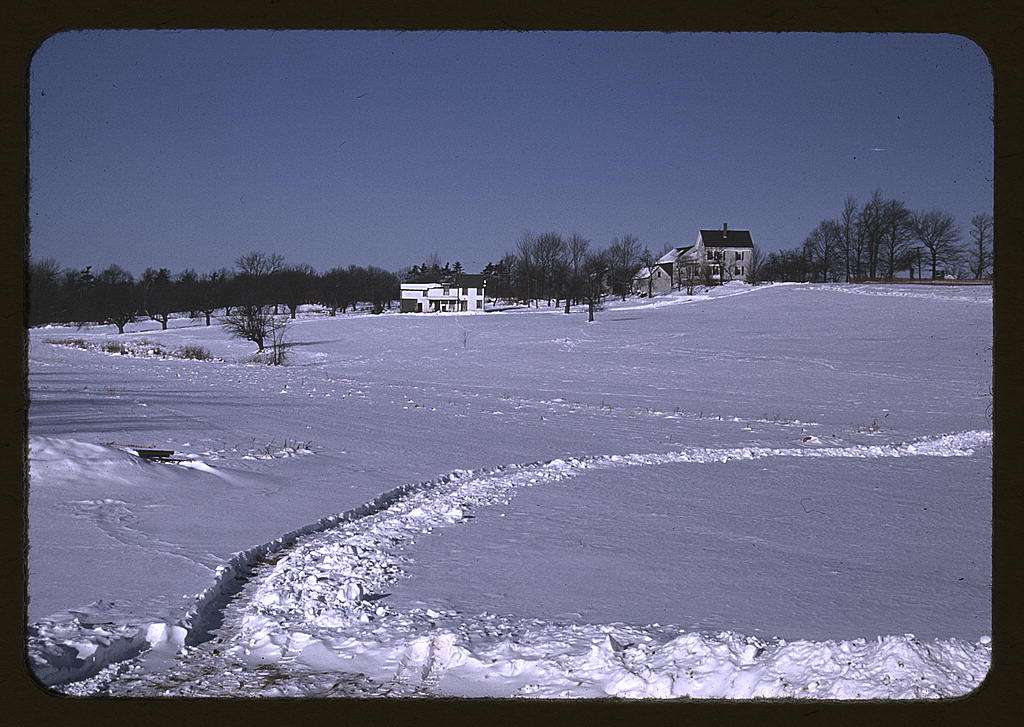
Massachusetts farm, possibly near Brockton, Massachusetts: photo by Jack Delano, December 1940
Photos from Farm Security Administration/Office of War Information Collection, Library of Congress
Wind
Passers-by in wind, Karl-Marx-Allee, Berlin: photo by Ralph Hirschberger, 1990 (Deutsches Bundesarchiv)
Wind
The flapping of the branches left the cloud map in tatters
like that scarecrow the soul, after the wind
has taken a bite out of it, insatiable insensate
in its tireless attendance upon the crystal-
pointed mind-nerve message, invisibly existing
everywhere
but only
in that one instant, then
vanisht
vanisht

Turbulent gust front clouds, Norman, Oklahoma: photo by NOAA, July, 1973 (OAR/ERL/National Severe Storms Laboratory)
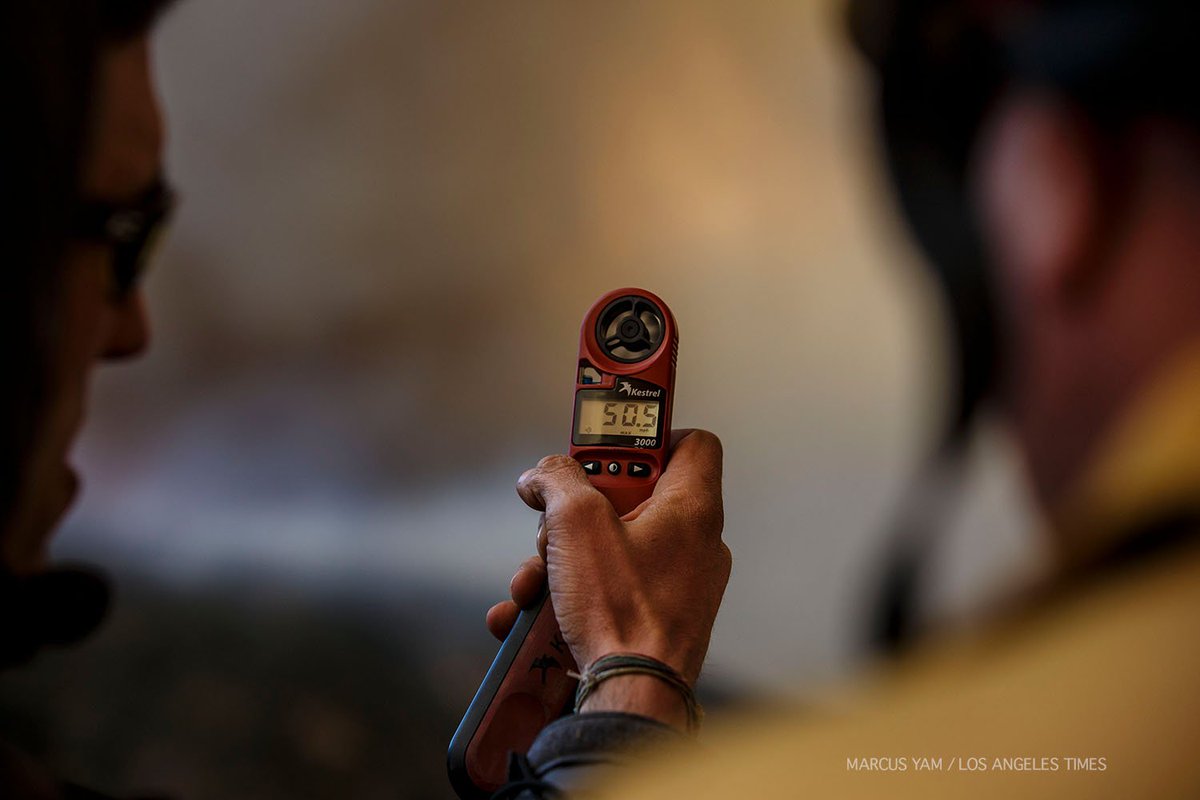
Here's proof that shows how fast the wind were kicking. #ThomasFire: image via Marcus Yam @yamphoto, 16 December 2017
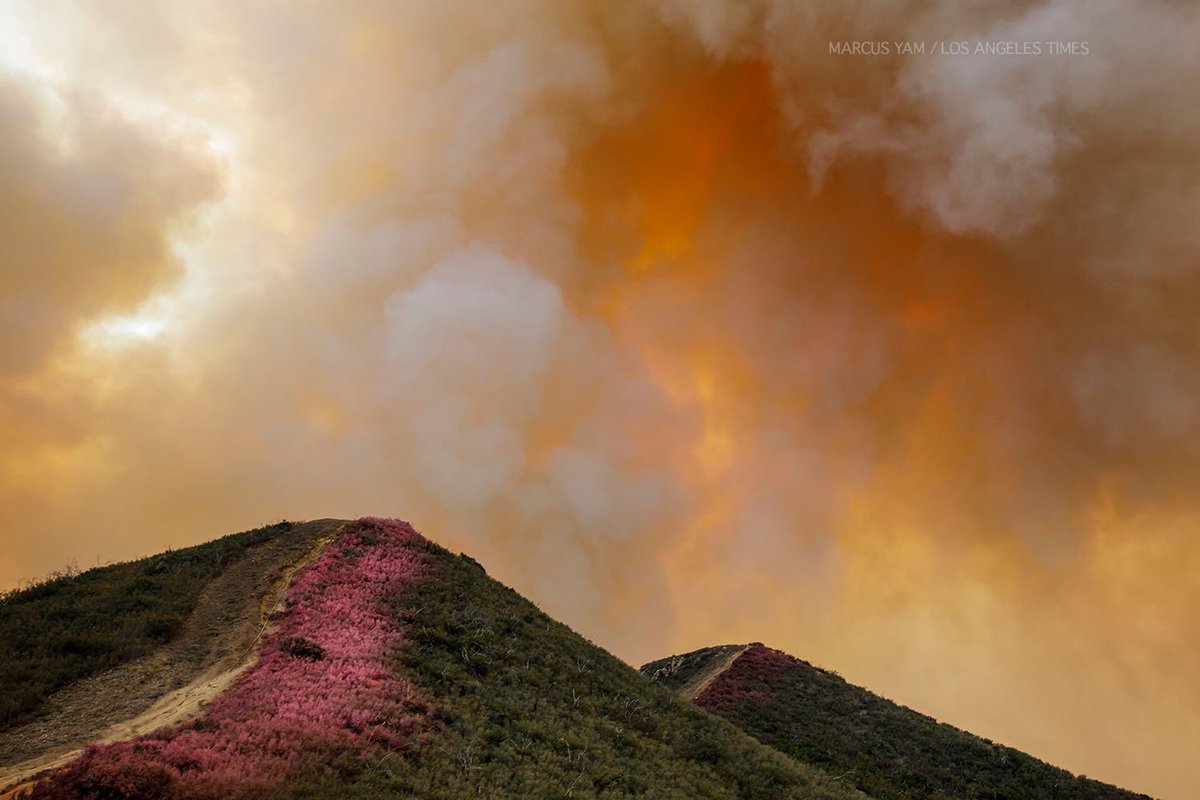
A strange and surreal combination of fire retardant, bulldozed fire lines, twin peaks and orange plumes. Hmmmmm. #ThomasFire: image via Marcus Yam @yamphoto, 16 December 2017


A strange and surreal combination of fire retardant, bulldozed fire lines, twin peaks and orange plumes. Hmmmmm. #ThomasFire: image via Marcus Yam @yamphoto, 16 December 2017

From earlier this evening: Strong winds whip up flames around power utility lines as it moves downhill from Santa Ynez mountain range towards Montecito. #ThomasFire: image via Marcus Yam @yamphoto, 16 December 2017

More #photos: strong winds send flames down the Santa Ynez mountains from Gibraltar Rock towards Parma Park in Montecito. #ThomasFire: image via Marcus Yam @yamphoto, 16 December 2017
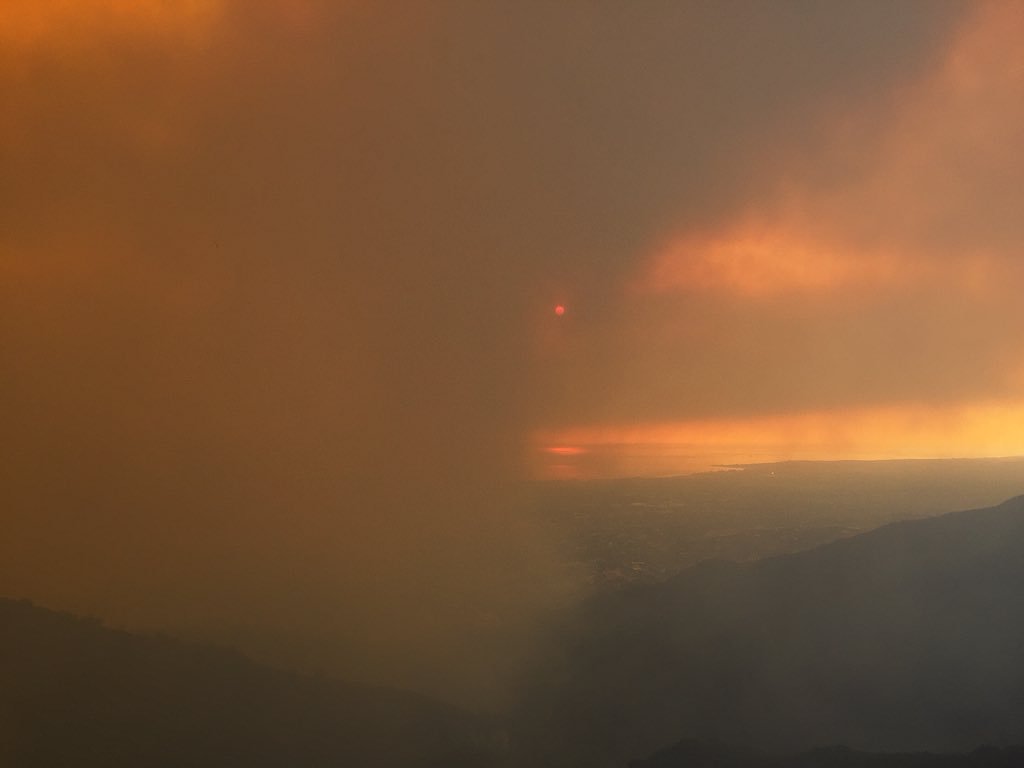
The view back out towards the coast from the mountains. #ThomasFire: image via Marcus Yam @yamphoto, 16 December 2017

More #photos: strong winds send flames down the Santa Ynez mountains from Gibraltar Rock towards Parma Park in Montecito. #ThomasFire: image via Marcus Yam @yamphoto, 16 December 2017
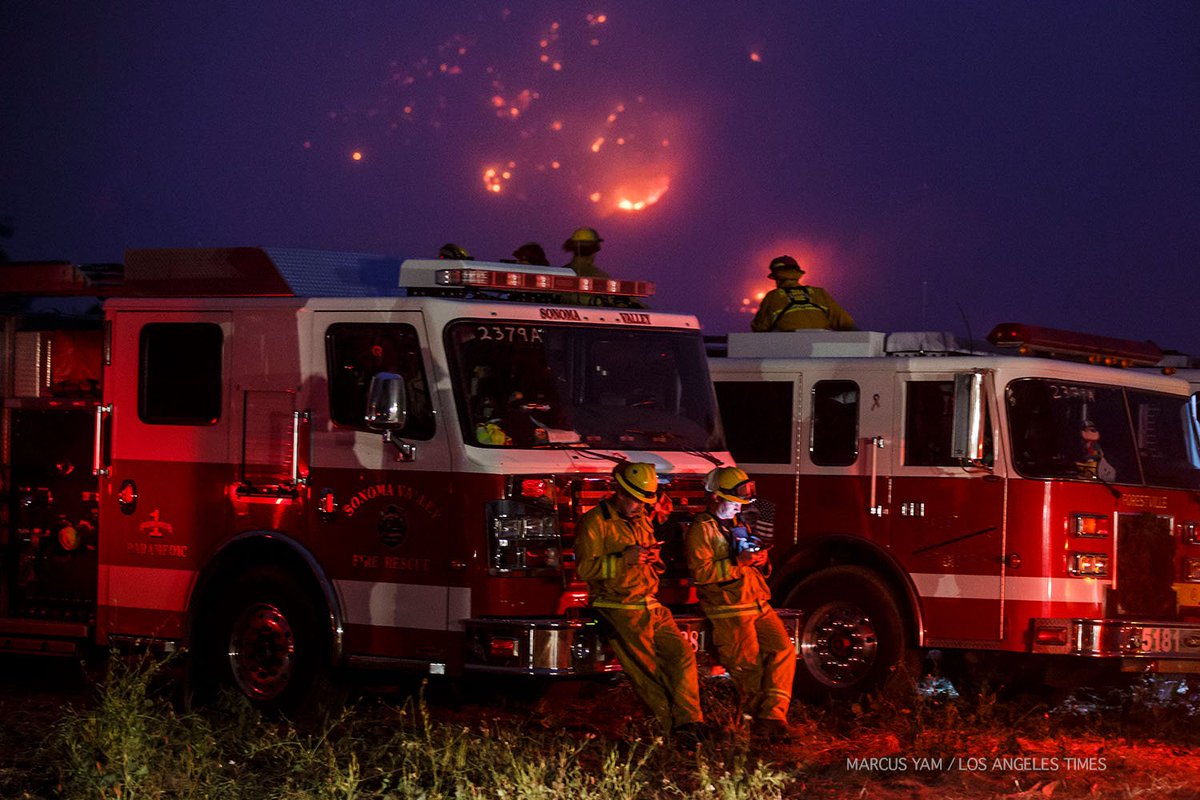
More #photos: strong winds send flames down the Santa Ynez mountains from Gibraltar Rock towards Parma Park in Montecito. #ThomasFire: image via Marcus Yam @yamphoto, 16 December 2017
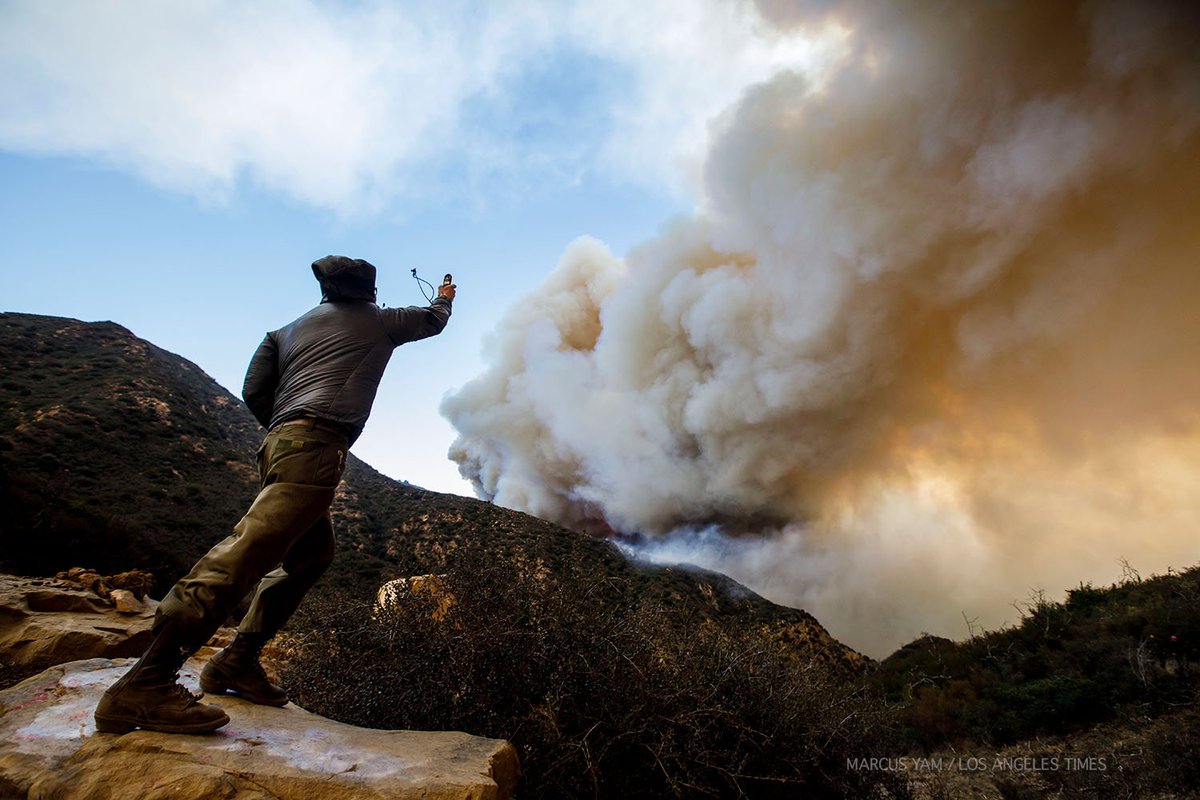
More wind activity in Santa Barbara County today. Fire crews are working hard to stop the advance of the wind-driven #ThomasFire. It's a stubborn fire, but we've got the best on our side. #firefighters: image via Marcus Yam @yamphoto, 16 December 2017
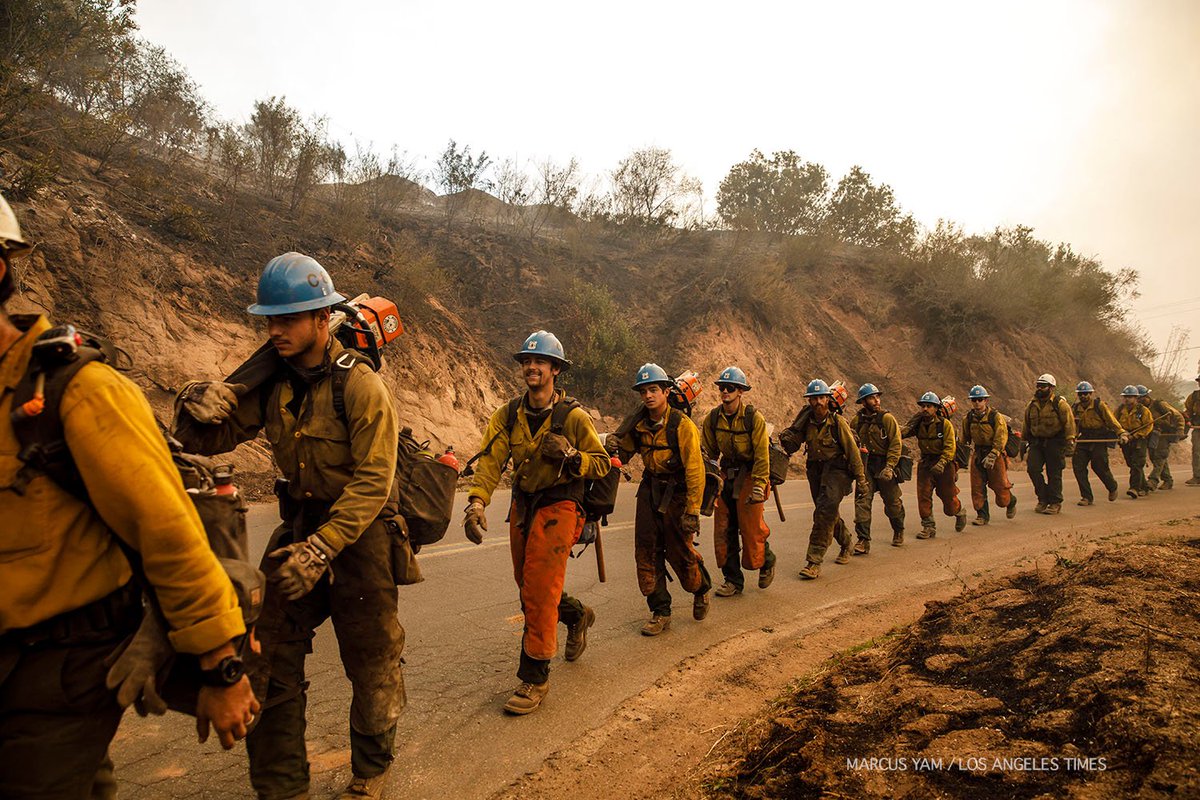
More wind activity in Santa Barbara County today. Fire crews are working hard to stop the advance of the wind-driven #ThomasFire. It's a stubborn fire, but we've got the best on our side. #firefighters: image via Marcus Yam @yamphoto, 16 December 2017

More wind activity in Santa Barbara County today. Fire crews are working hard to stop the advance of the wind-driven #ThomasFire. It's a stubborn fire, but we've got the best on our side. #firefighters: image via Marcus Yam @yamphoto, 16 December 2017
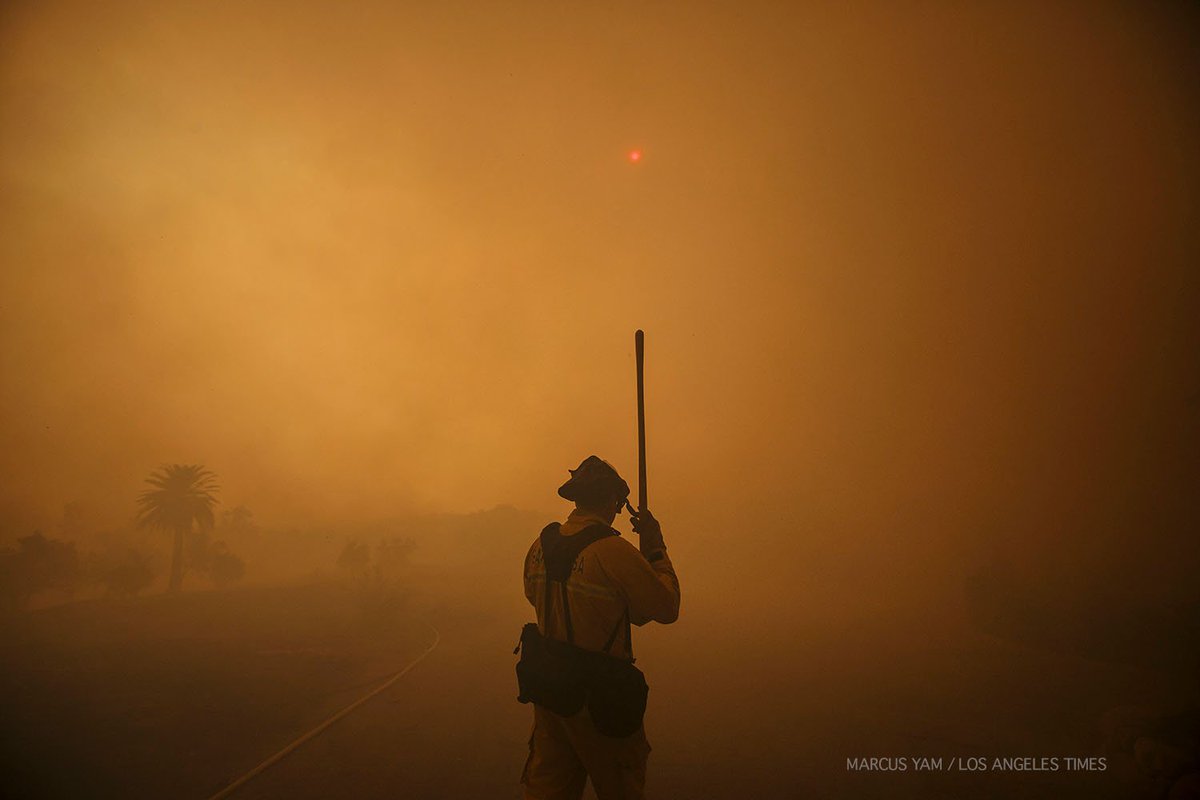
More wind activity in Santa Barbara County today. Fire crews are working hard to stop the advance of the wind-driven #ThomasFire. It's a stubborn fire, but we've got the best on our side. #firefighters: image via Marcus Yam @yamphoto, 16 December 2017
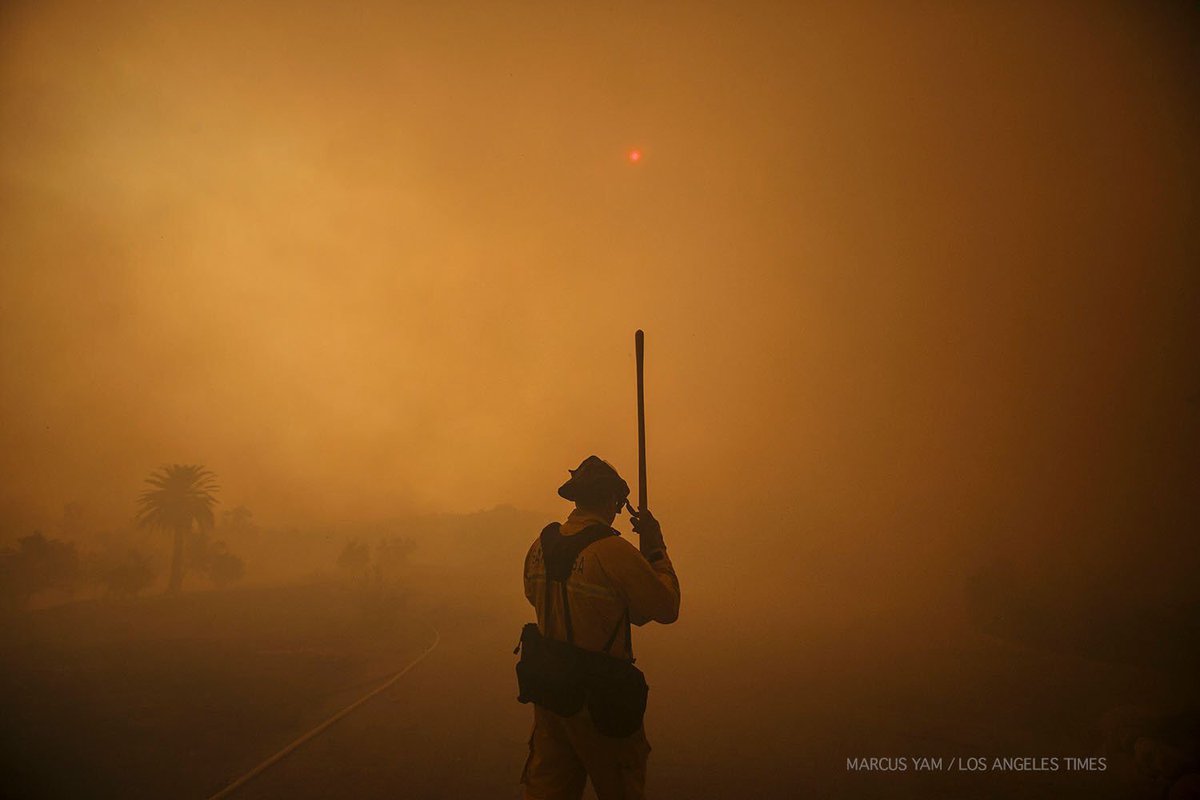
This @yamphoto. I mean, all his photos are scary/stunning. Stay safe. #ThomasFire: image via Jill @OLCVTAm 16 December 2017

Had a hard time holding my camera still, as winds whip around up on a hill near Westmont College looking east. Please get to safety. #ThomasFire.: image via Marcus Yam @yamphoto, 16 December 2017

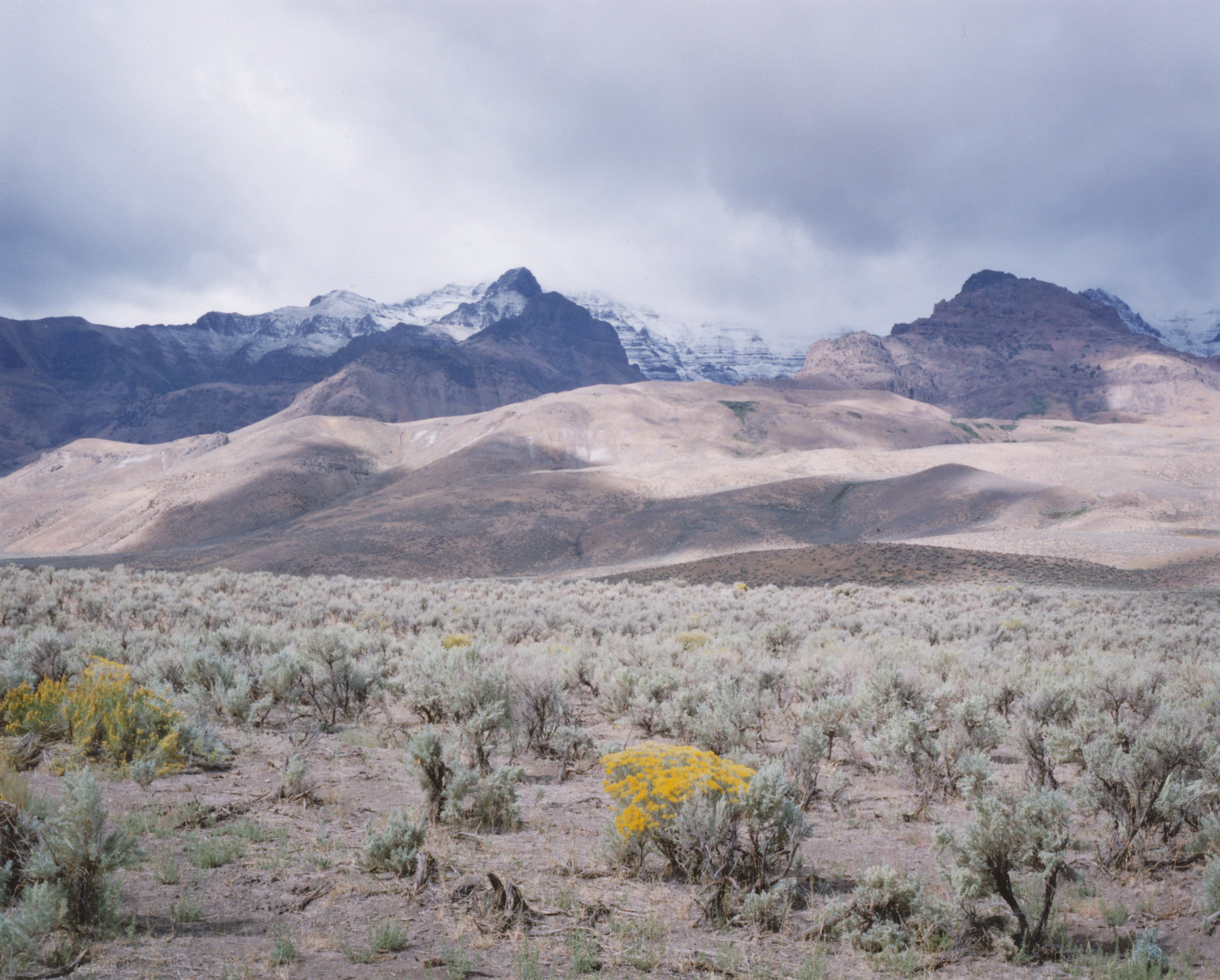
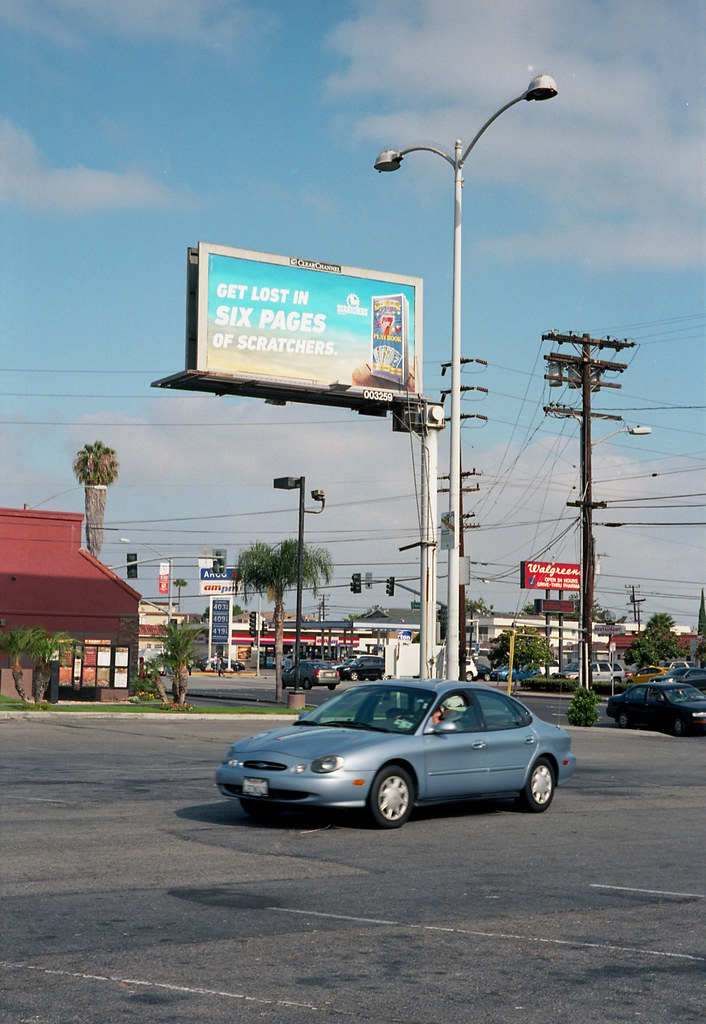



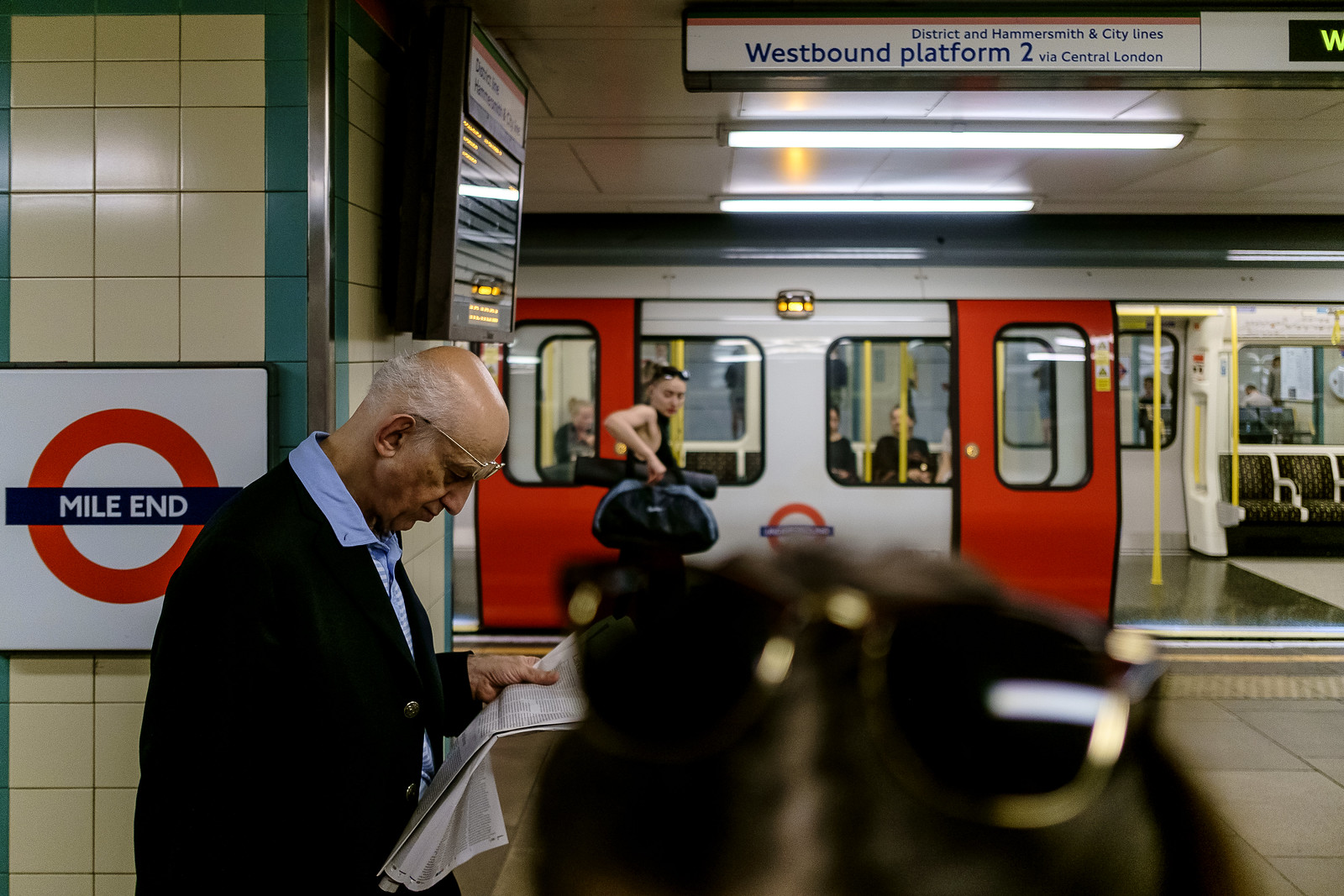

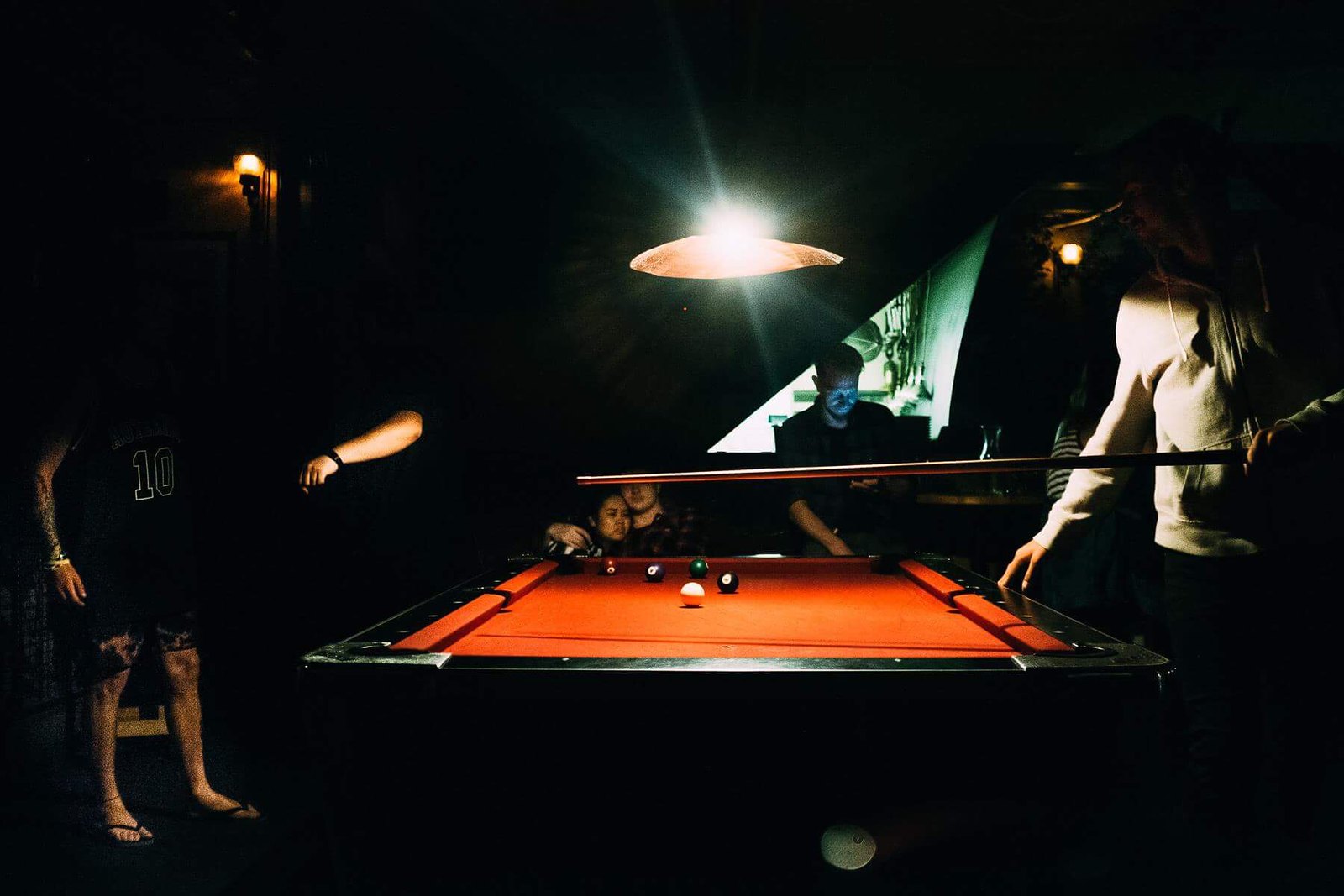
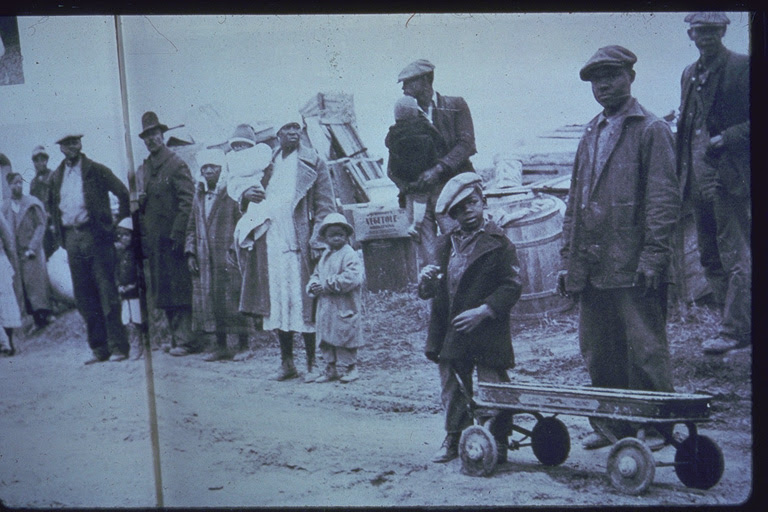

ReplyDeleteYULE B SORRY
(for Tom Clark)
TIMER BELLS BLASTING FROM GAS-OVEN FIRES
JACK SHIT IS EXACTLY WHAT YOU DON’T KNOW
TOYS FOR TOTS THANK MARINES MIT THEIR NIGHT SCOPES
AND SILVER LIONS CAN’T BEAT EDMONTON’S ES-KI-MOS...
k
Bob Dylan: A Simple Twist of Fate (live, Italy, 1999)
ReplyDeleteBob Dylan: Desolation Row (live, Jones Beach, 30 July 1999)
ReplyDeleteCF-18 Hornets with Nuclear Payload Fly Over Edmonton Eskimos Home Opener, 30 June 2017
ReplyDeleteIn Detroit we get flyover Opening Day every spring. For kids from one to ninety-two. k
ReplyDeleteA great & lavish post, Tom. Thanks. Especially TB's Sonnet #2 & WS's Sonnet 73. And those photos from the '40s---how vivid, yet ancient, they seem. [And let's not forget that Mickey Rooney wasn't Irish & his real name was JOE YULE.]
ReplyDeletekent,
ReplyDeleteIf there's anything I dread more than a flyover it's a drive-by. Those happen all the time around here, nobody minds but the pedestrian victims, which is the same as nobody at all. Pedestrians in Calif are by definition nobodies. I'm afraid to hobble out in the daytime anymore but the dark is also not safe maybe even unsafer. Attempting to shuffle across the freeway feeder at a "pedestrian crosswalk" (ha!) in the dark @5.30 this a.m., despite my decorative array of lights and blinkers, I barely escaped being hit by impatient getting and spending honkers who think they own the world because being behind the wheel of a couple of tons of metal puts power dreams of high velocity impact into their ids (do they still have those?)... or wherever it is that the ownership of several tons of metal lodges and causes homicidal (i.e. normal) murican vehicular conduct. I'm practically North Korean in my views on this subject. All it takes is the one fatal hit... and I've had mine.
Terry,
Ah, and we were meant to think the Mick was one of our own. But no! Scots! We should have known. Indeed, for that matter, we did know. Irishmen never live that long! Only Scots. Joe Yule Sr., was a vaudevillean who played (e.g.) Jiggs, the father in the Maggie and Jiggs movies. See Bringing Up Father (1946), wherein there's clear evidence of a comic style that would be handed down from father to son. In fact, "had already been handed down" is probably closer, as the Mick (b.1920) was himself already a Hwd star by that time. Yule was the son of Glaswegian parents, family name Ewell, changed to Yule upon arrival in US due to spelling shortcomings of US immigration authorities. What else is new.